Introduction
So you clicked on this primer. Welcome in, and thank you for taking the time to take a look at the pet project I’ve had since my introduction to the format. I came from a cEDH background, specifically one that has a ton of experience playing Blue-based control decks, and so when I heard that there wasn’t a real control deck running around, I decided to create one.
I landed on this majestic beast of a deck. This ‘archetype’ of Gearhulks Control is by no means fully solved. I’ve experimented and thought about lots of different shells in different colors. The most successful list I’ve had is the Blue-White version, but there’s easily another half-dozen builds that could work and potentially be viable. As such, this primer will be a lot less straightforward than one on Burn or Mono-Black Aggro or something like that. There absolutely is a core to this deck, but the interaction suite, sideboard, and lots of other card choices will be highly influenced by your color combination of choice. All this to say, there is a core element to this strategy but there also lies so much room for flexibility in deckbuilding, and that’s why I love it so much.
By and large, Torrential Gearhulks Control is a deck that wants to exhibit classic Control play patterns. It wants to spend its early turns developing out its lands and sculpting its hand and graveyard while keeping the opponent off-balance with removal, board wipes, hand attack, and countermagic. The decks’ bigger plays come in the later turns, as we start flashing in Gearhulks and flashing back our interaction. In this late phase of the game, all that sculpting comes back and turns into our winning plays as we start flashing back free Magma Opuses and Creative Outbursts to take the game down.
Why Should I Play This Deck?
– You love playing big creatures and turning them sideways.
– You like playing exclusively at instant speed.
– You like decks that use their graveyard for resilience and swingy plays, but can still function ok without it.
– You like synergy-focused decks over decks that exclusively play for raw individual card power.
– You miss the days when Snapcaster was a viable card in Modern. Don’t lie to me Modern players, you know it’s true.
The Deck
The cards in Gearhulk decks can be split into three big categories: Mainstays, Interaction, and Synergy Pieces. We’ll talk about them one by one, focusing on the cards that I see as the core pieces of every Gearhulk deck regardless of secondary or tertiary colors.
First up: the Mainstays. The core of any Gearhulks list. It’s pretty small, but these are our building blocks upon which everything else is laid. The bread that comes before the toaster, cream cheese, eggs, and sausage/bacon of the rest of the deck.
4x Torrential Gearhulk
The big boy. The namesake of the deck, this is what we’ll be using to end the game. The result of Snapcaster Mage getting told to get in the robot, Gearhulk lets us re-use our interaction if we need, as well as allows us to cheat the costs on powerful, backbreaking spells. Speaking of powerful and backbreaking spells…..
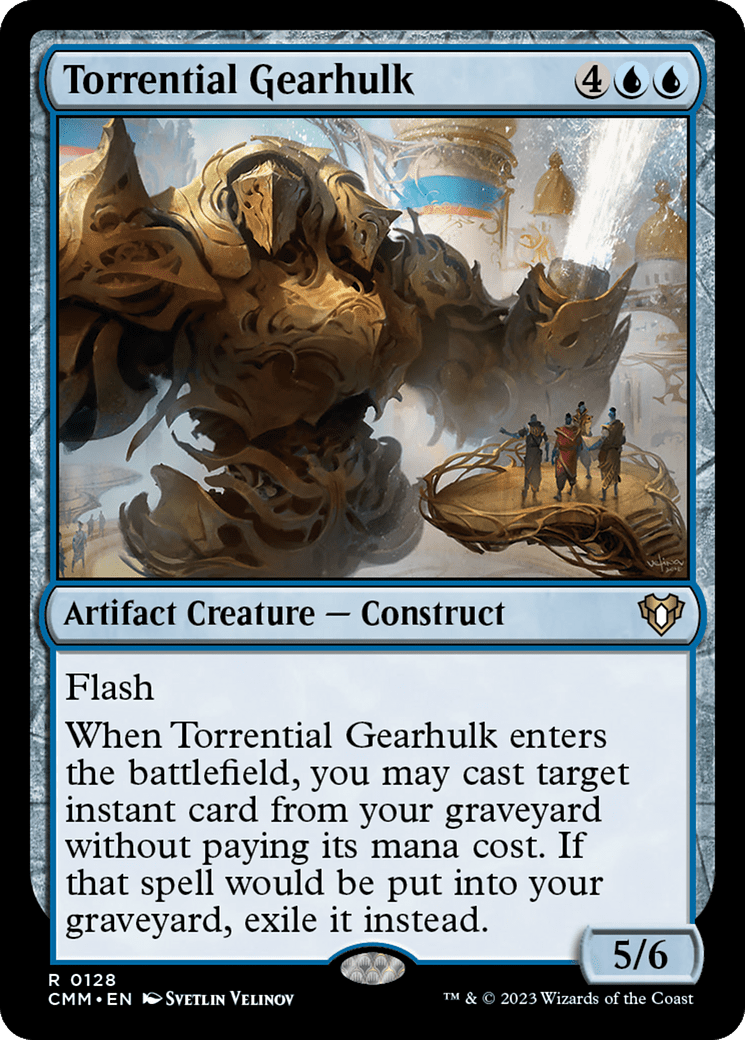
2x Magma Opus, 2x Creative Outburst
This is the other half of our ‘combo’. A central interaction of the deck is how Opus and Outburst work with Gearhulks. We pay our two blue mana to throw them away early, getting us a free treasure for a bit of acceleration. Later in the game, we then flash in our Gearhulks to cast our Opus or Outburst for free from the graveyard. This is easily the most powerful play we have access to, and combining the burn from these spells with Opus elemental tokens and Gearhulks turning sideways is our primary win condition. These payoff spells let us refill our grip after burning it earlier in the game on the threats our opponent ran out and put on the stack. The ratio of these cards depends on your budget and the other spells you have to Gearhulk back. The recent spike in Magma Opus’ price because of Pioneer Quintorius Combo’s brief period of dominance still has not come down sadly, so long gone are the days where the deck can run four Opuses. Truly sad times.
The big piece of advice I have is that when you’re going to Gearhulk back an Opus, if you don’t need to tap down blockers, going for it on the upkeep is the optimal timing. Doing so allows you to tap two of their lands as well as reload two cards and establish your threat, putting your opponent down mana on their attempt to stop you or establish a board presence to counteract the nine power worth of bodies you windmill slammed down.
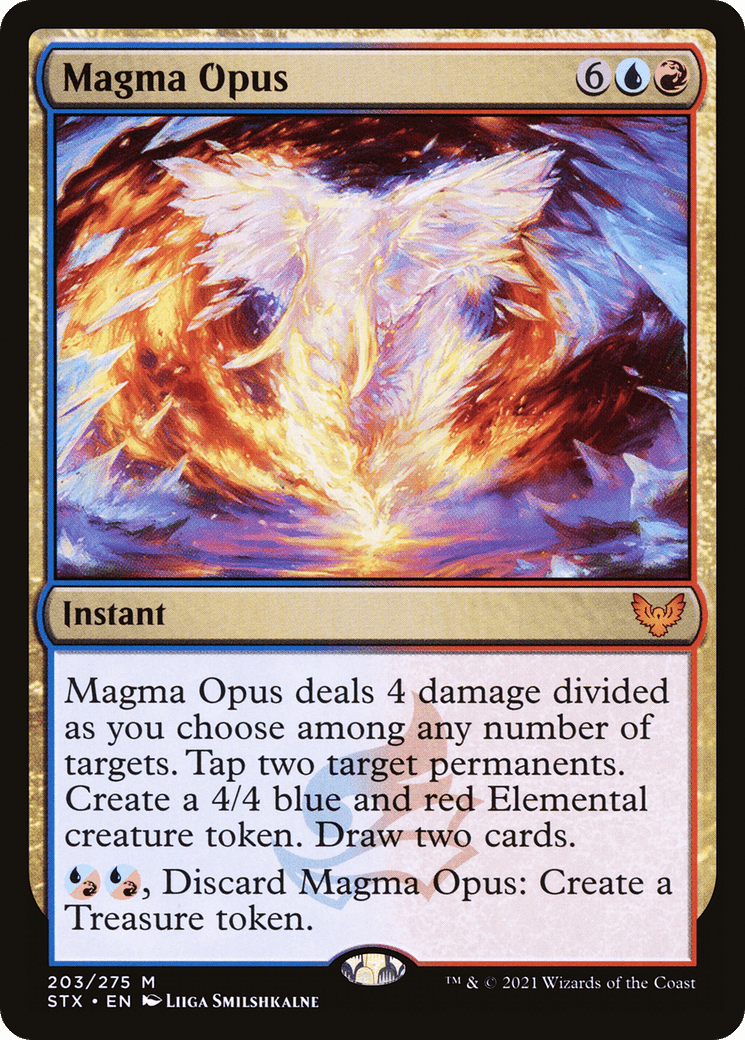
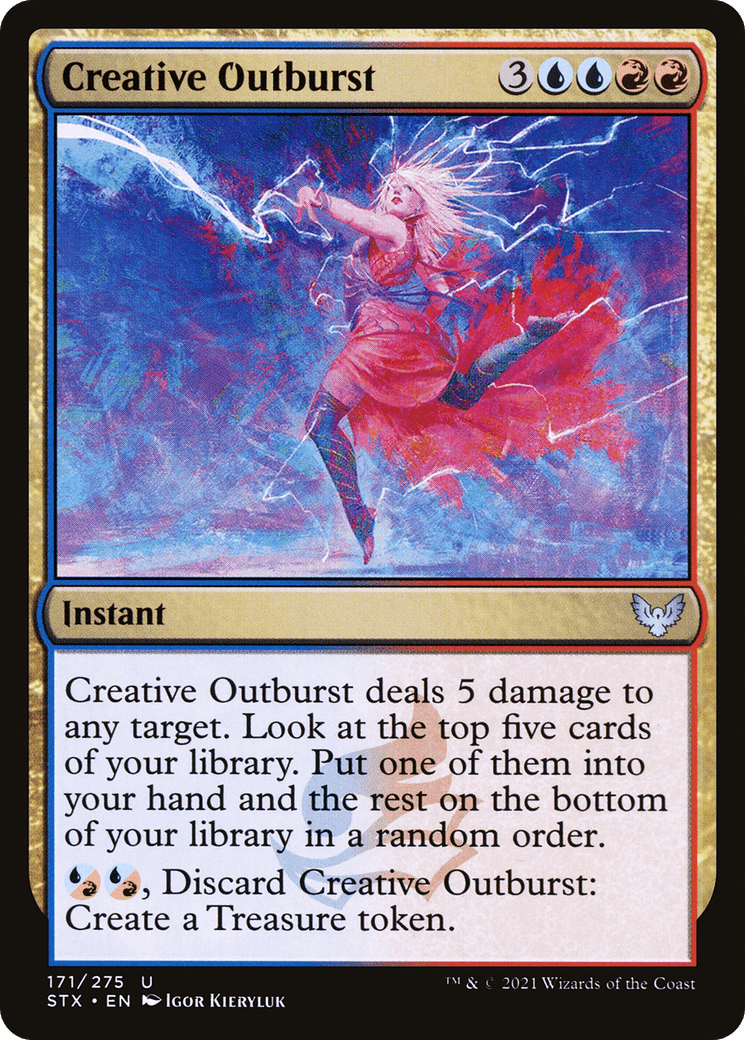
1x Sol Ring
I don’t think I need to speak too much on Sol Ring. It’s the best t1 play in the deck, very arguably in the format. Restricted for a reason. Let’s move on.
1x Tinker
Likewise, I don’t think I need to speak too much on Tinker. It’s restricted for a very good reason, and since we’re already making lots of spare artifact tokens, it’s usually a free roll. In most matchups, landing a turn 3 Gearhulk plus a flashbacked spell is absolutely game-winning.
1x Dig through Time
Another busted restricted spell, Dig has some good synergy. We usually run some tangential looting based draw, and being able to flash back a Dig off of a Gearhulk can be game-winning. Feeding our graveyard while still leaving some other cards for follow up Gearhulks I’ve found isn’t too difficult.
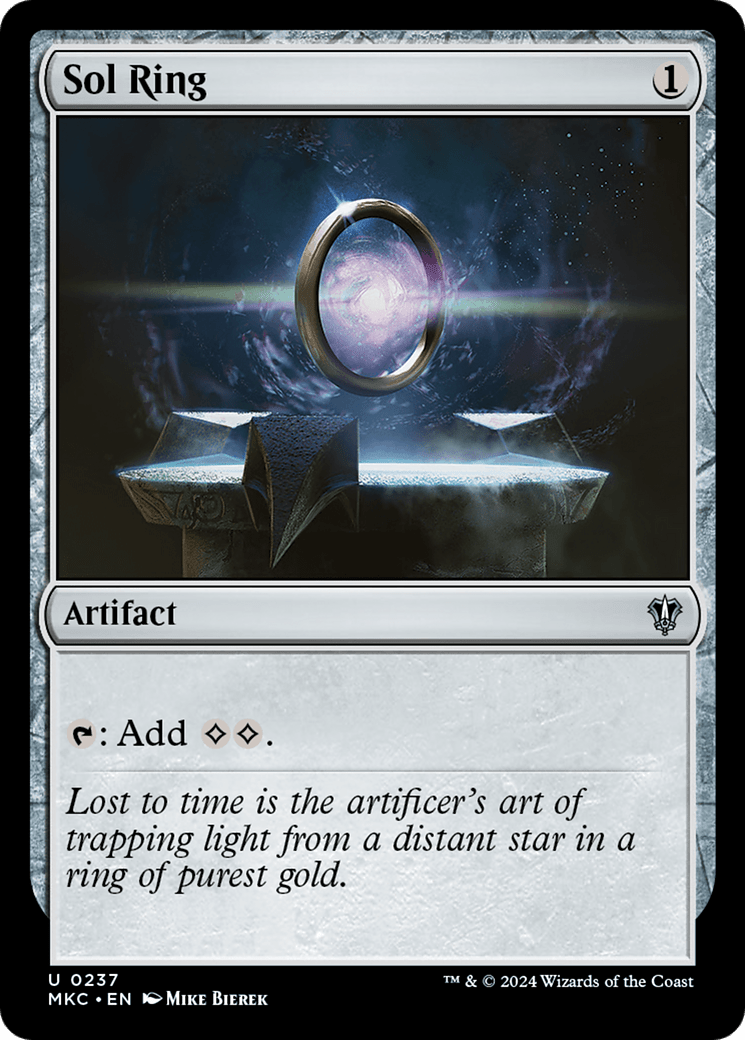
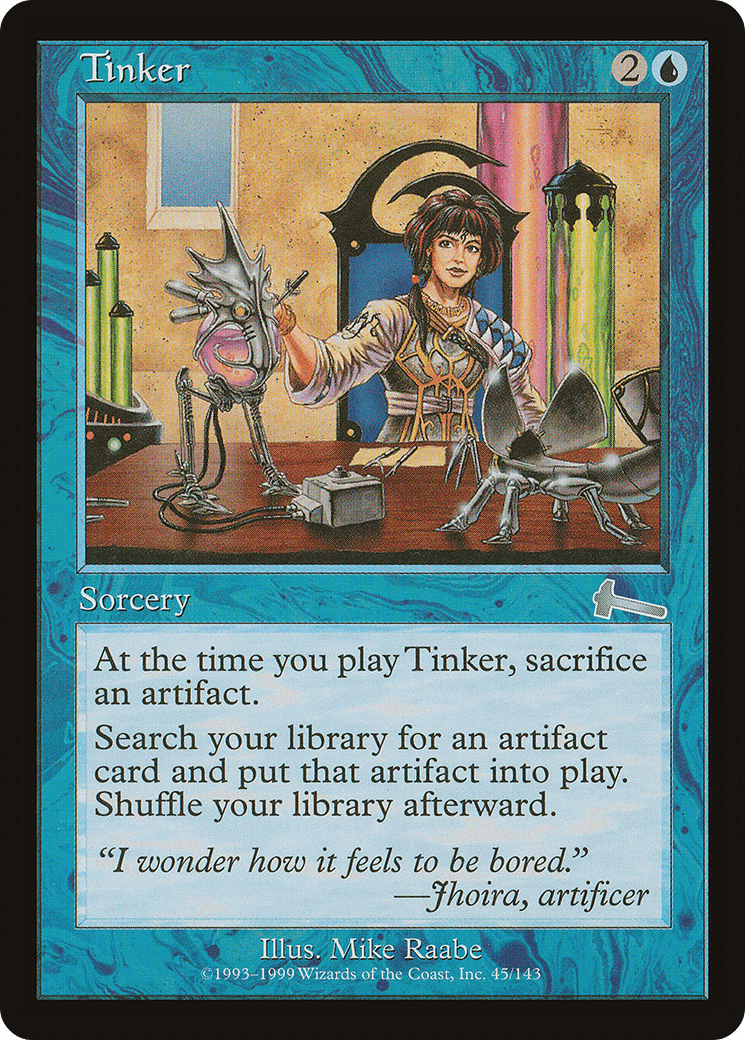
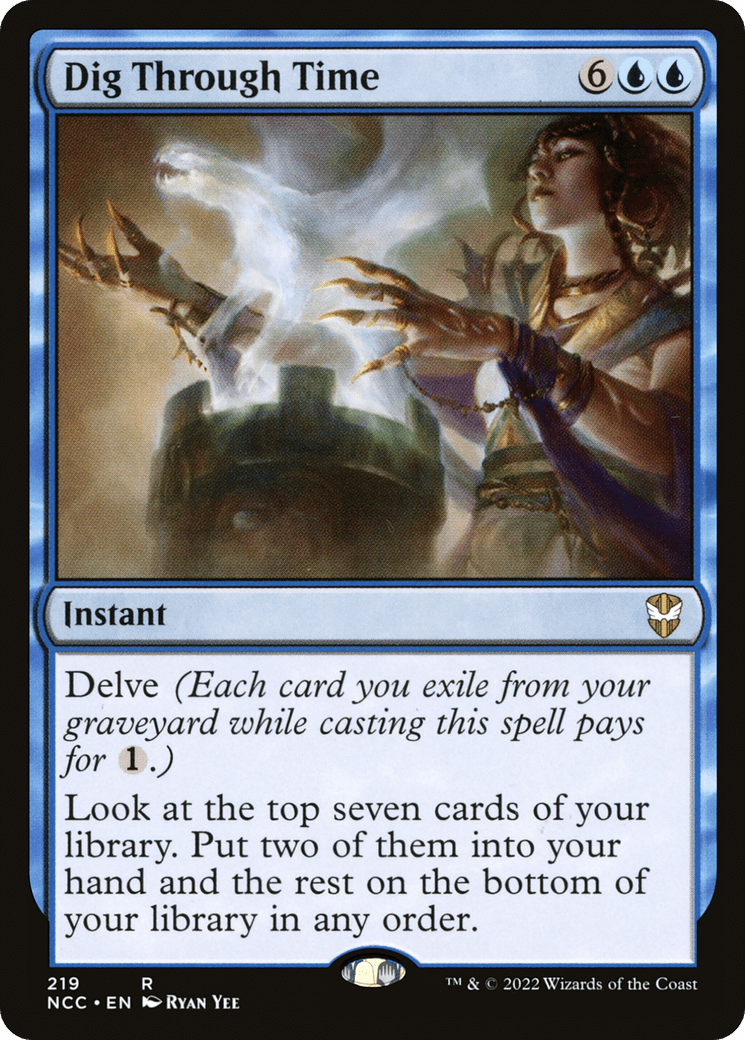
Next on our docket: the Interaction. This suite of spells is our biggest and most diverse, as the ways to slow down opposing creatures, combos, and spells are heavily dependent on the colors you have access to. As such, I’ll be organizing them by their functions, and I’m not going to dwell on them too long. It’s the staples of an interactive format: countermagic, removal, and hand attack. Just like the payoff spells, the ratios of interactive spells will depend on personal preference.
Countermagic
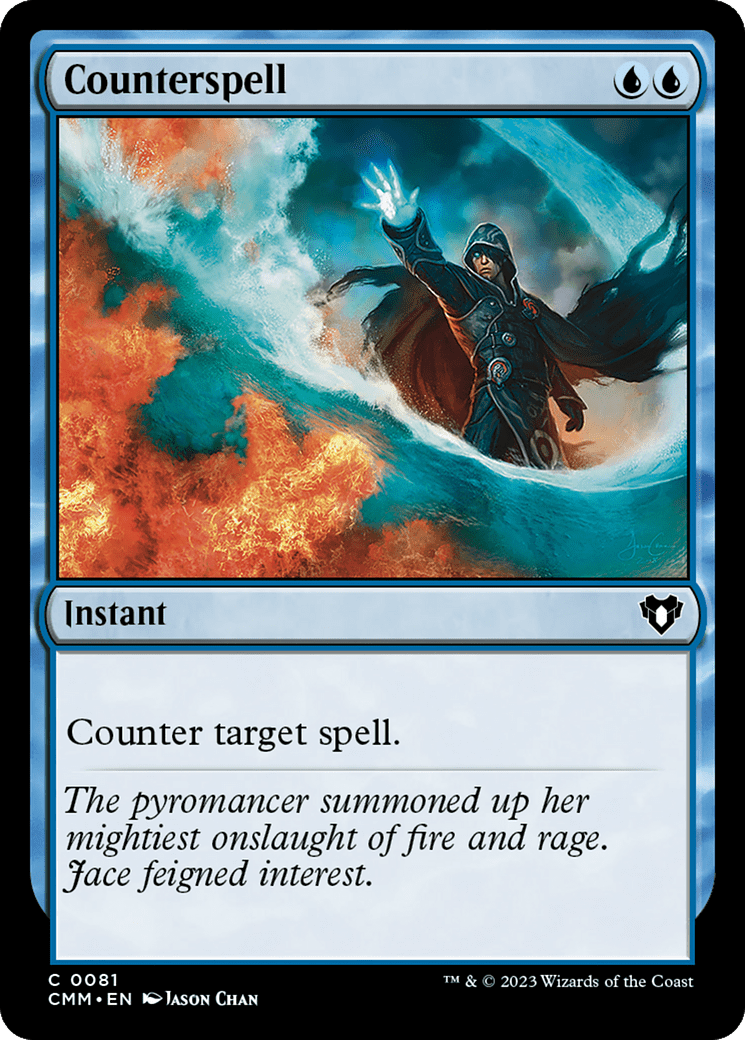
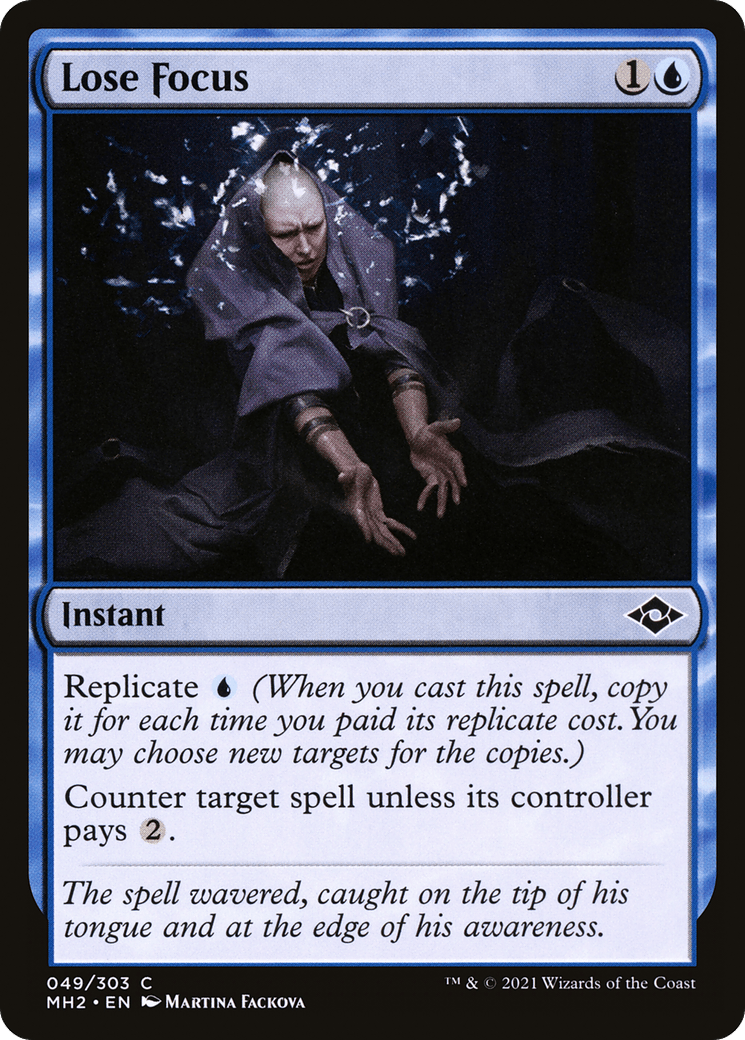
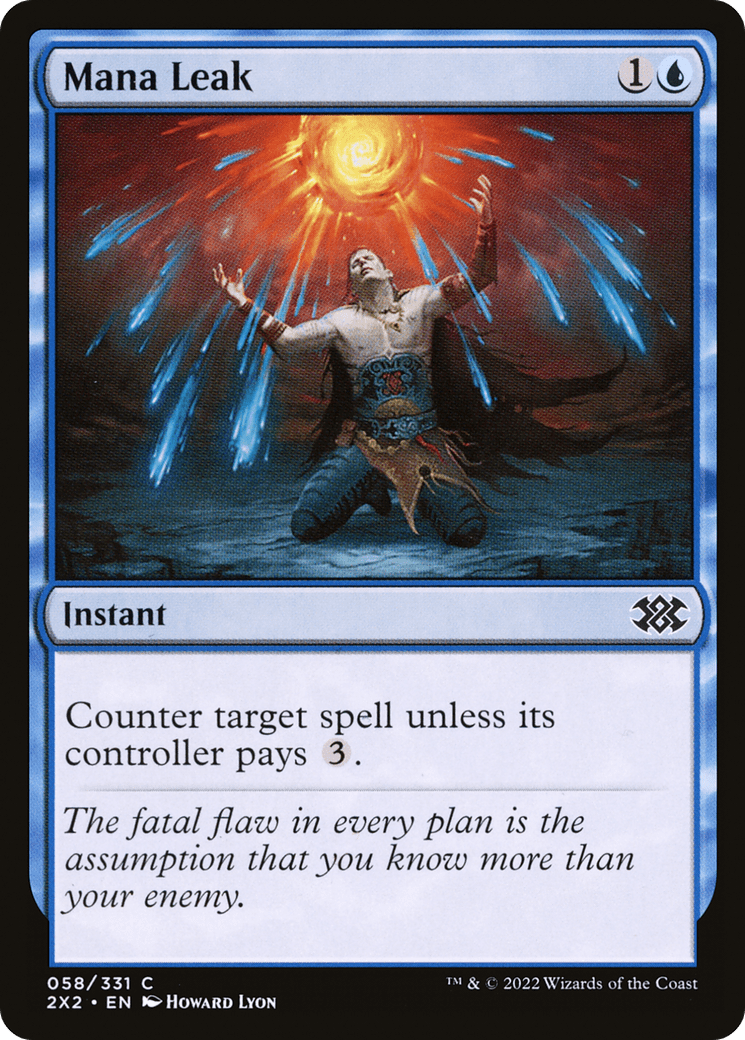
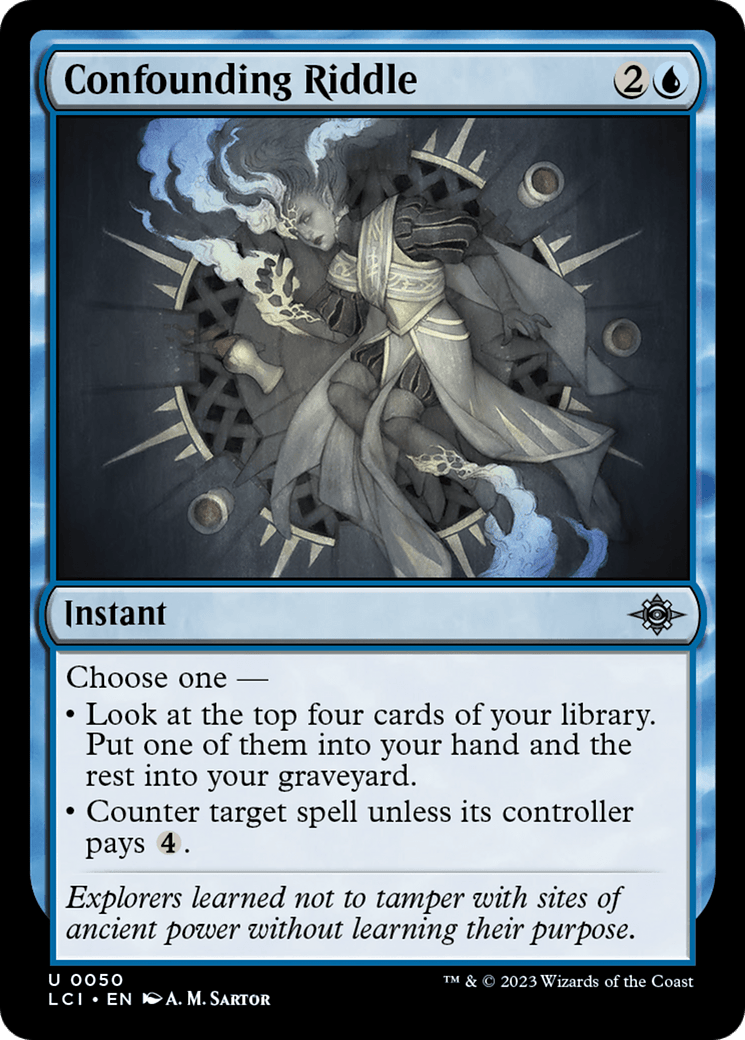
Notes: Counterspell usually is ran at two due to budget, but if possible then I would absolutely run it at four. Confounding Riddle is an extremely versatile card that I’ve loved playing in both modes. The format is usually slow enough to where a three mana counterspell isn’t terrible, and it’s also a super non-committal pick to Gearhulk back.
Removal
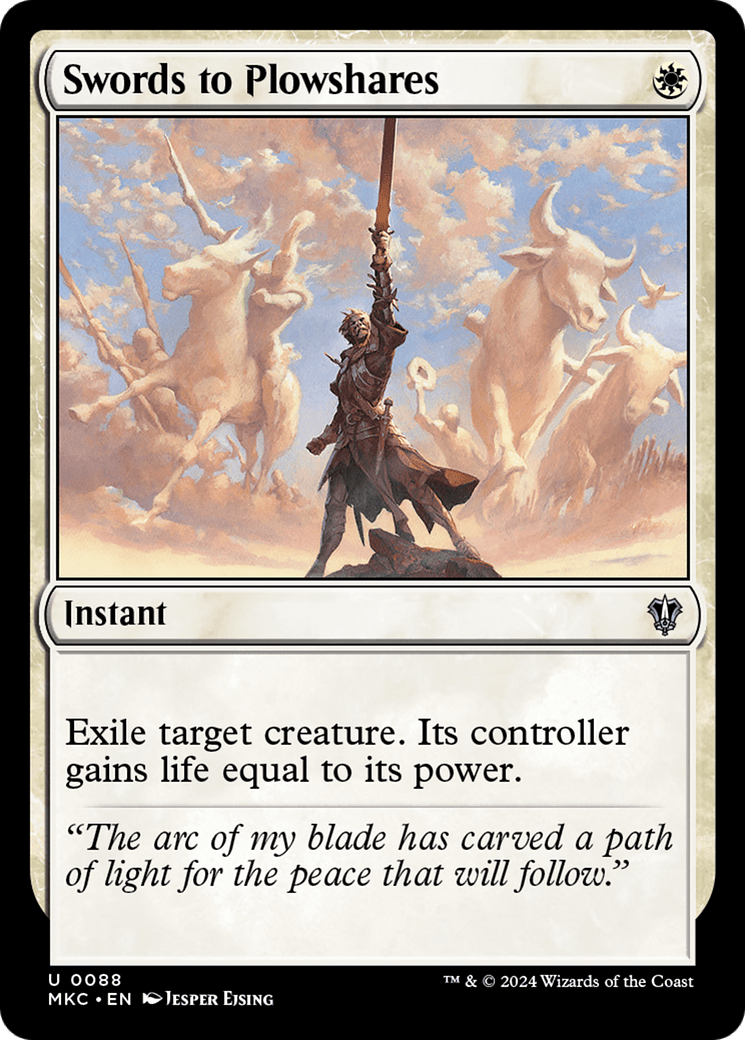
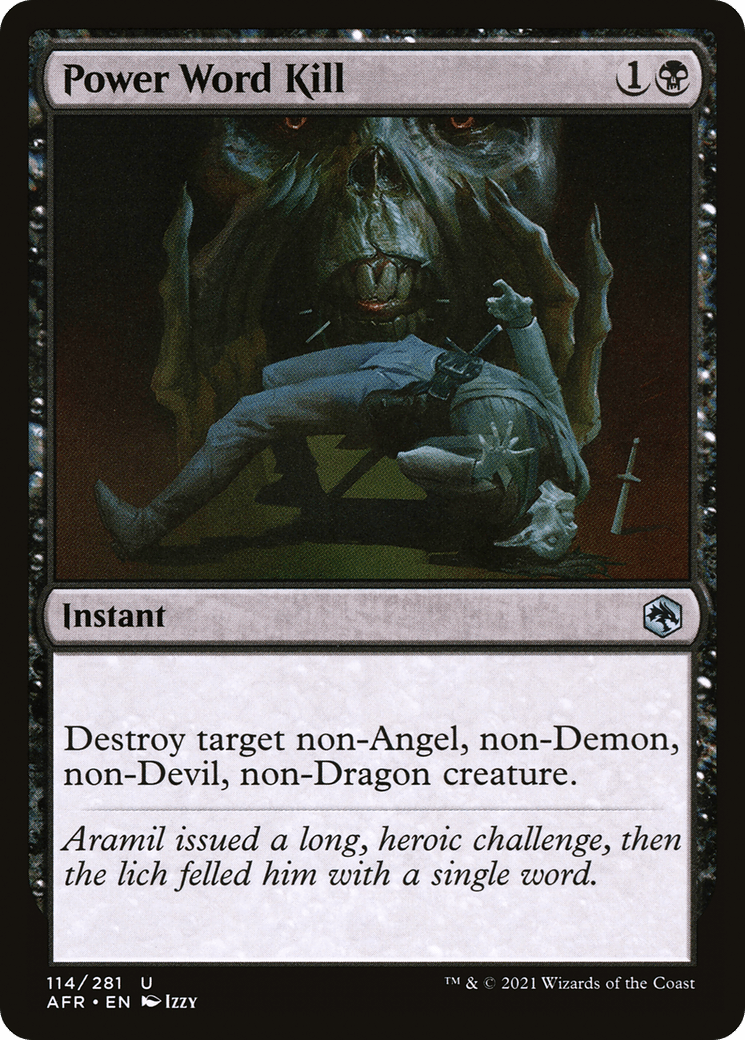
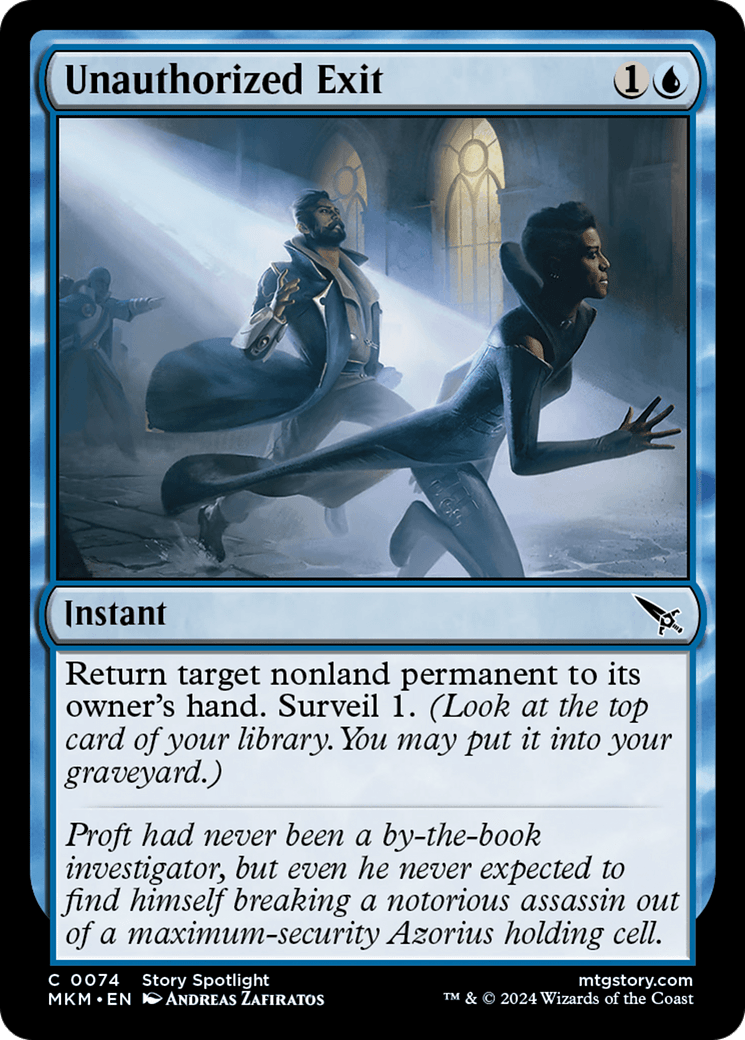
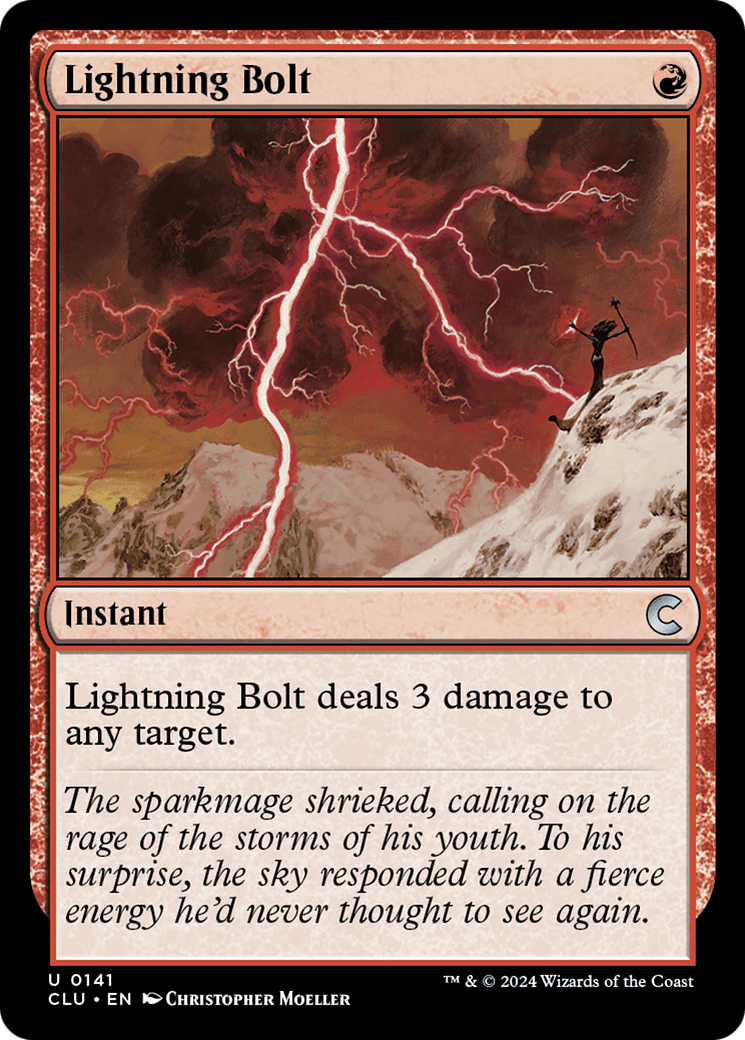
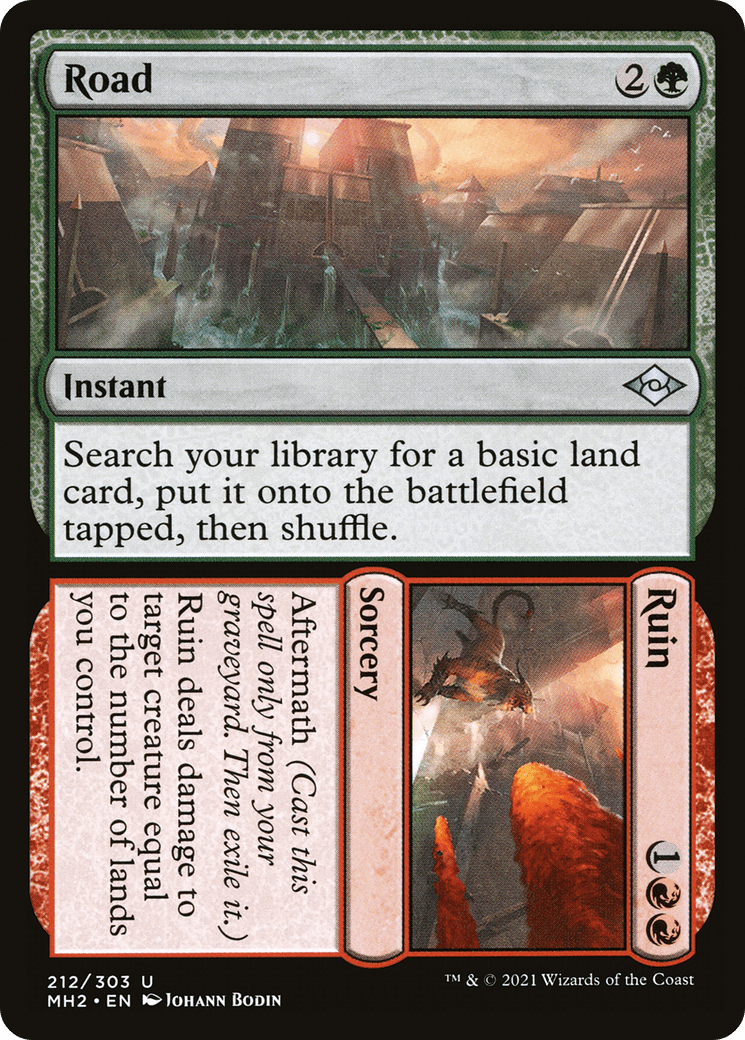
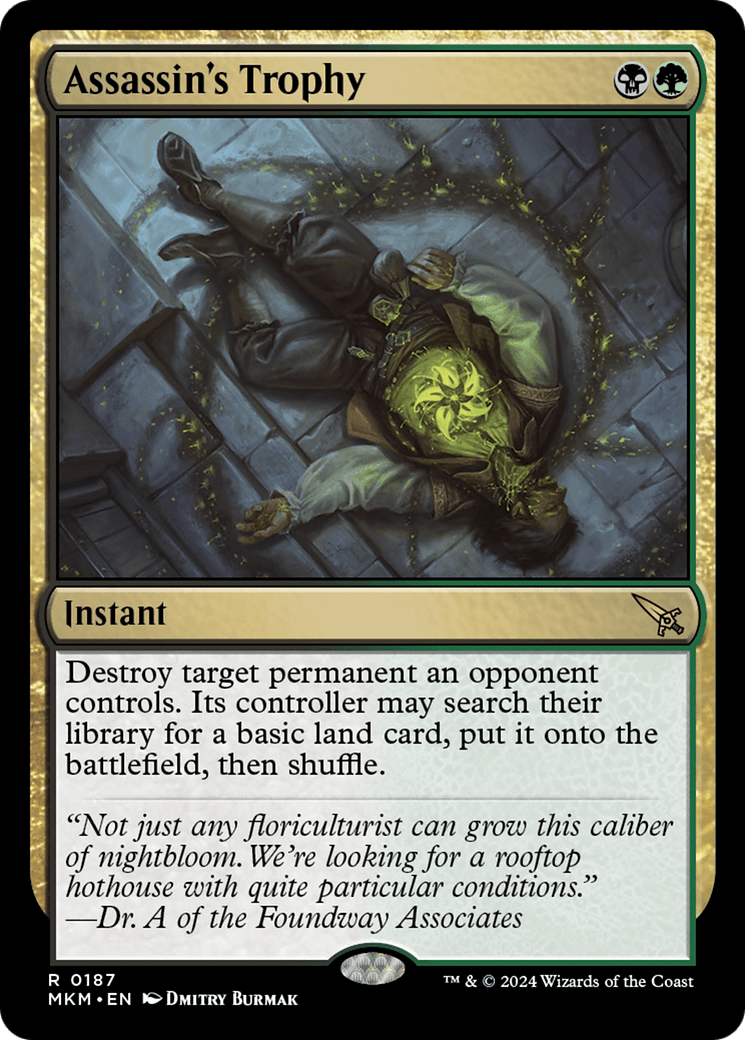
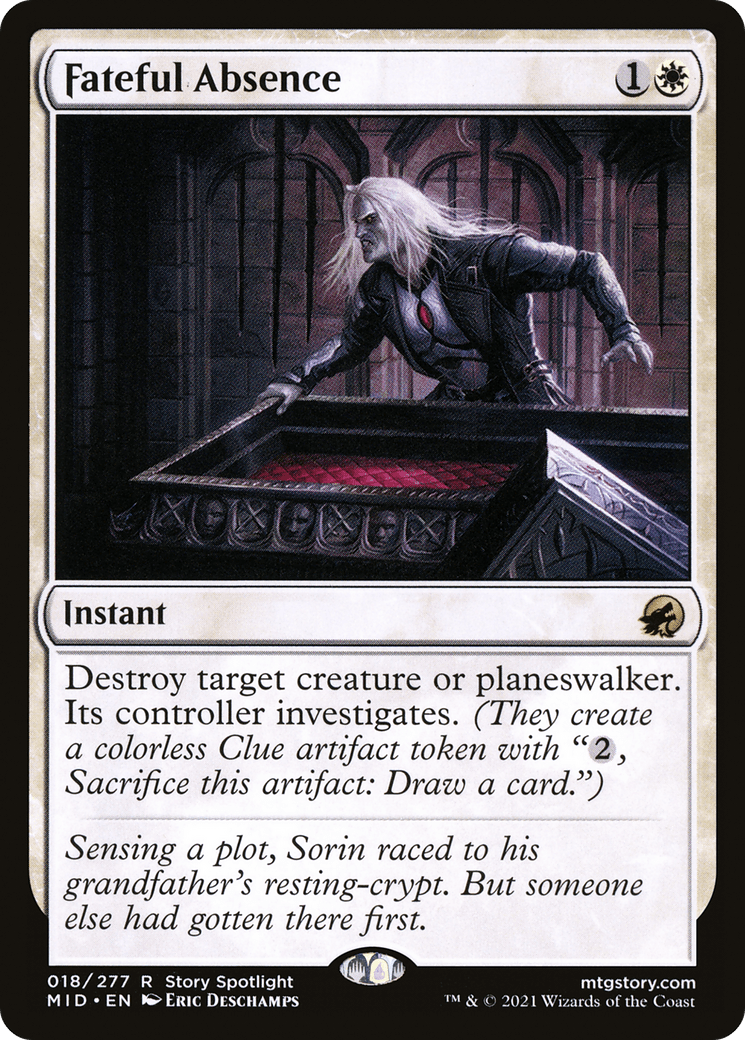
Notes: Exit is usually reserved for the theoretical Blue-Green decks because they suck at creature removal. Unsure if such a build is even viable, but it’s neat to think about. Road/Ruin has some great utility in the Green builds, where it’s solid mana fixing and the removal spell mode, despite being sorcery speed, can get Gearhulked back at instant speed because of how Aftermath cards work. Trophy is still about $2 at time of writing, but I don’t expect it to stay that low considering it’s a premium removal spell in Standard. However if it does…..then a Sultai build could be neat.
Board Wipes
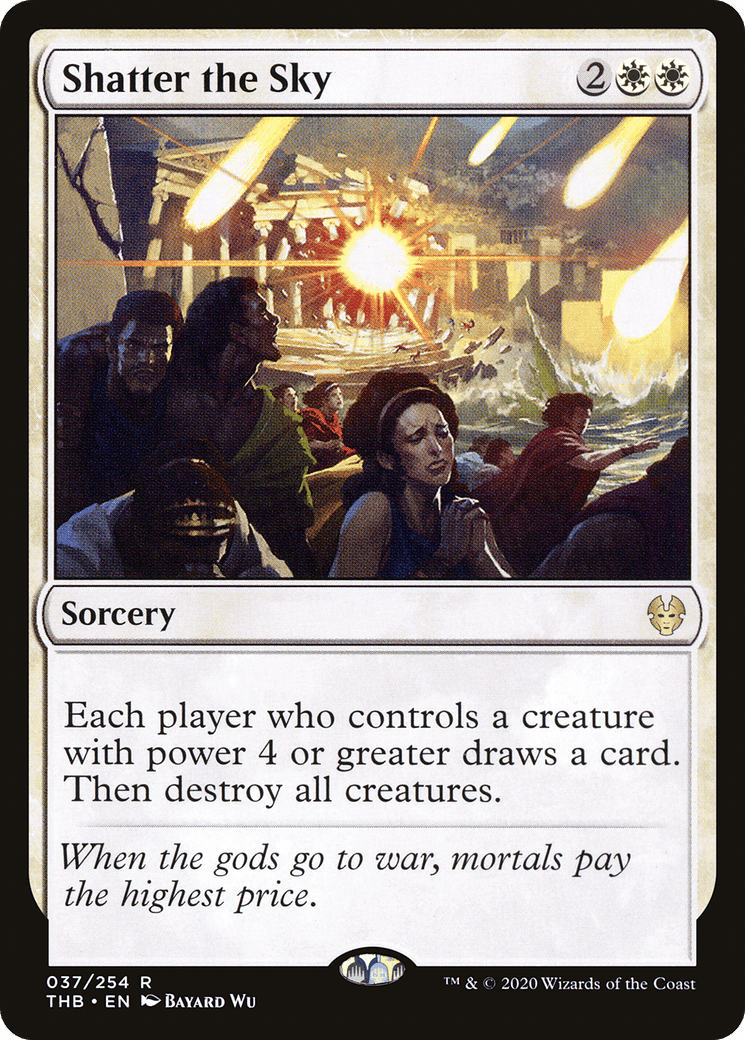
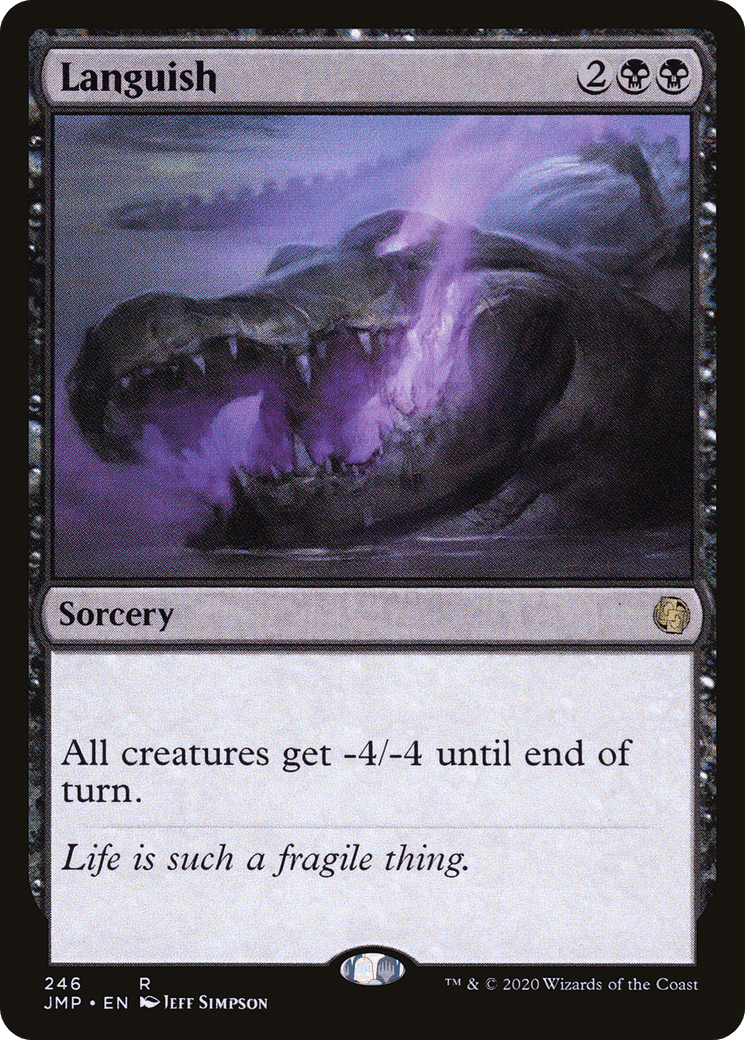
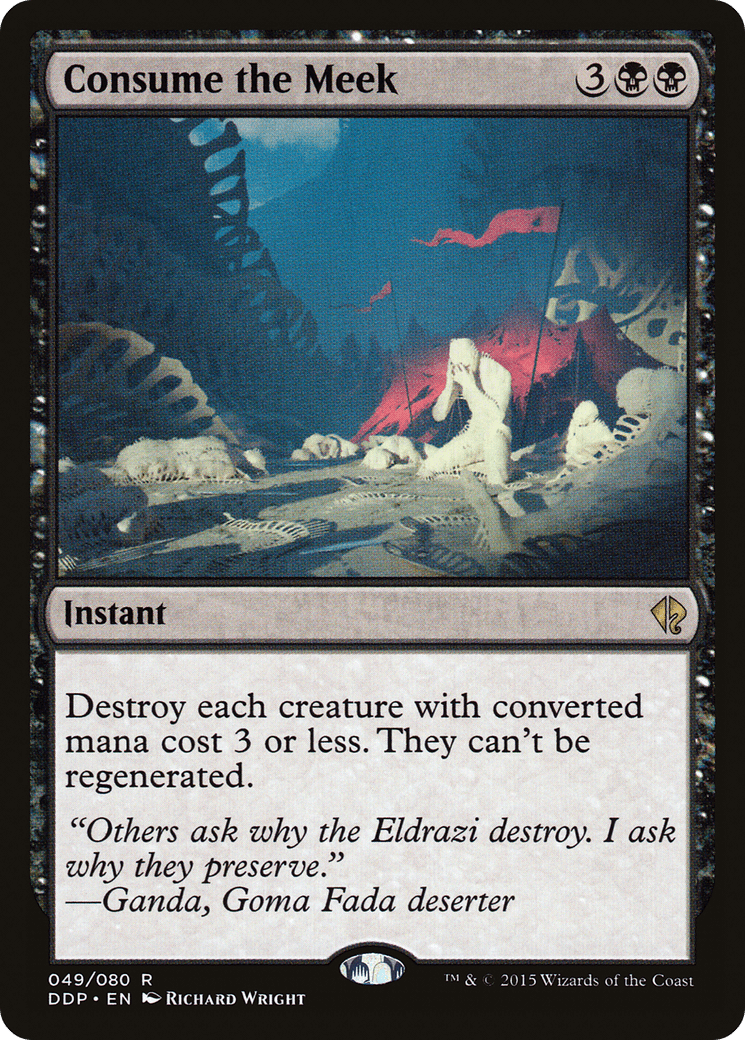
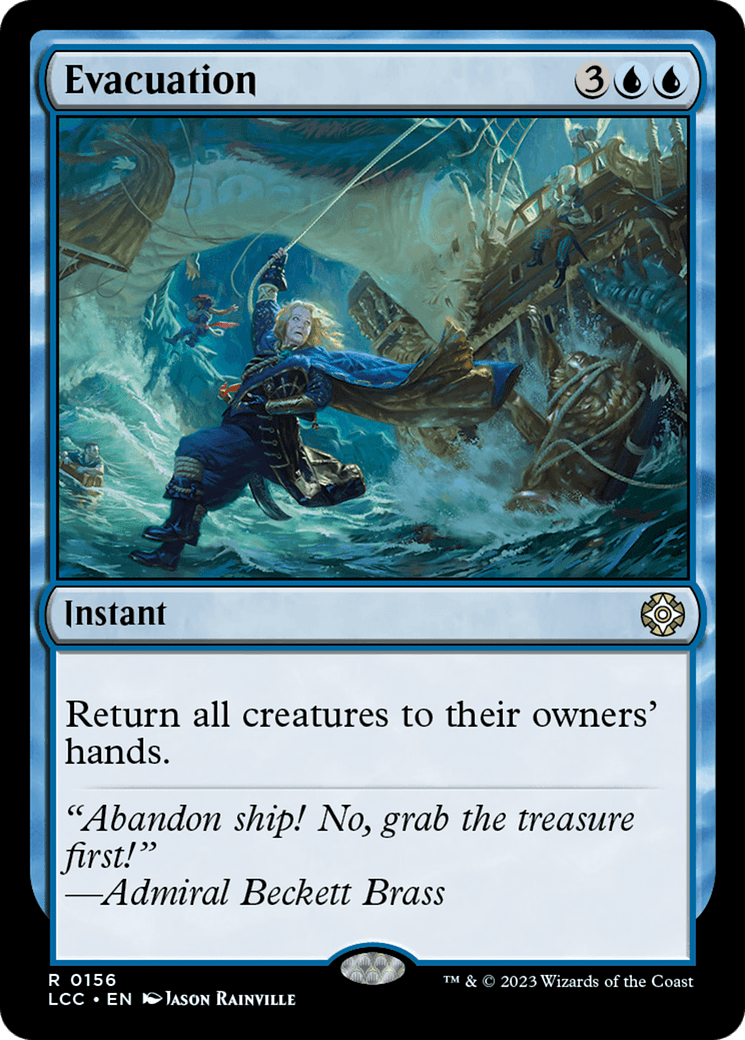
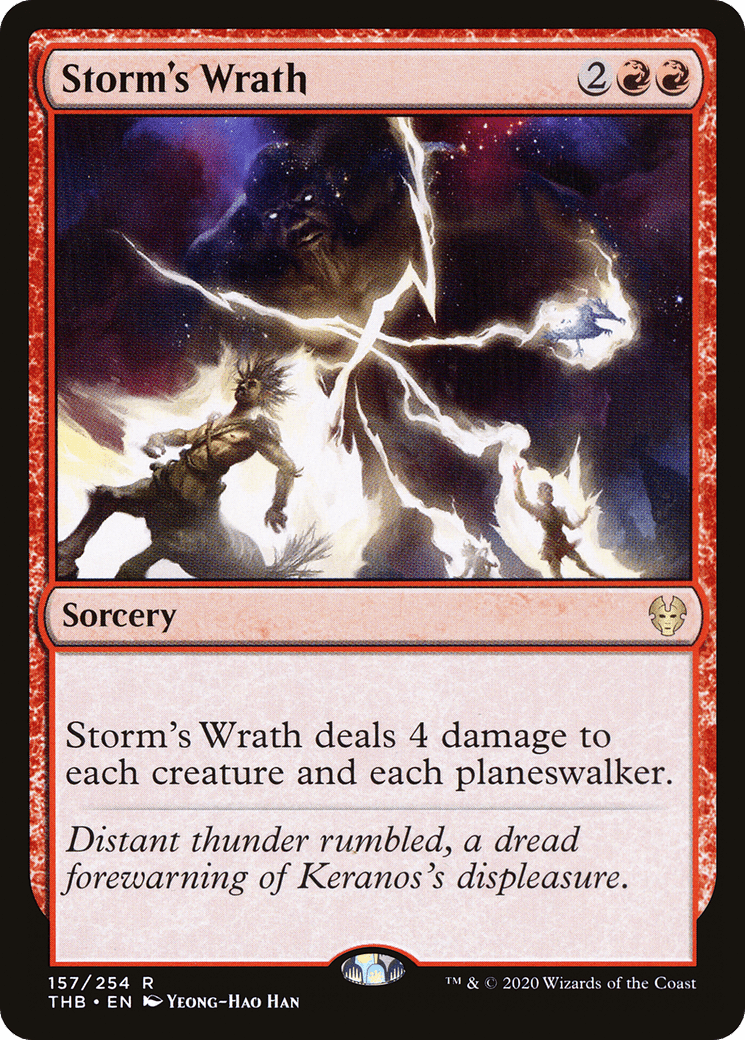
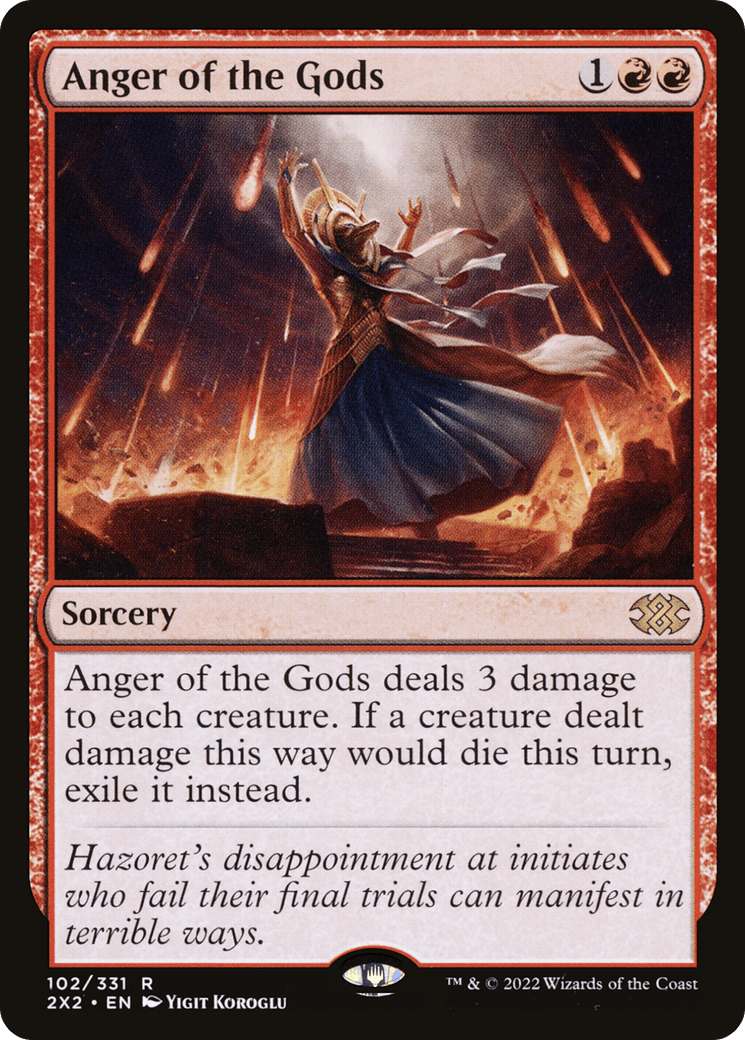
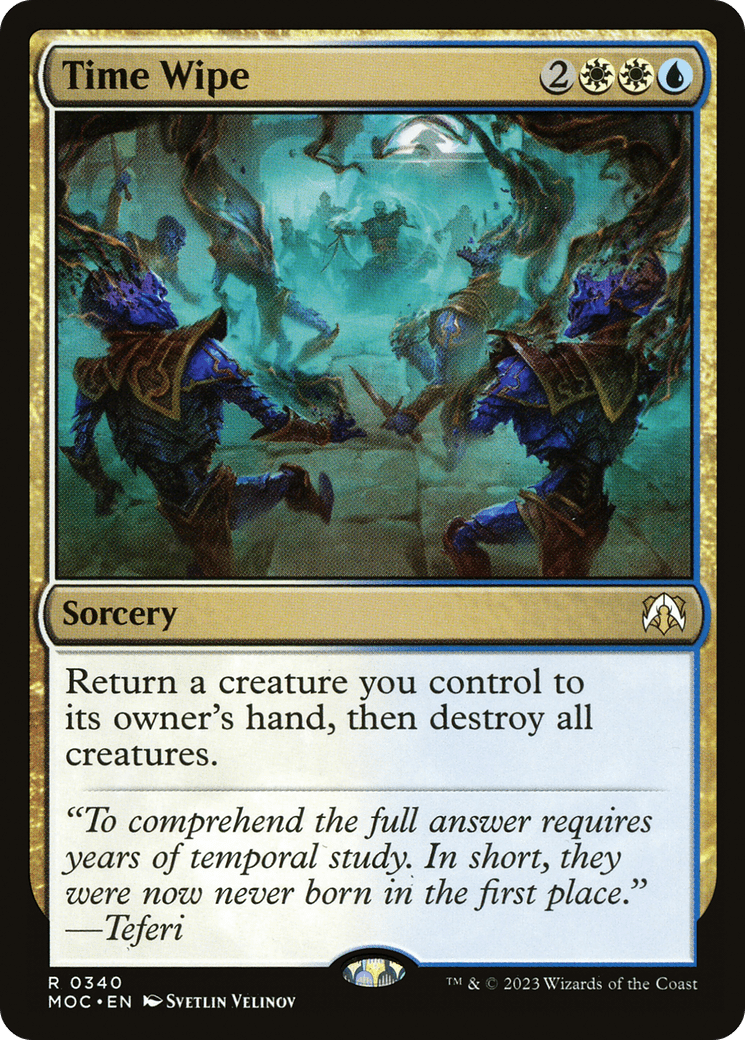
Notes: Anger and Wrath are reserved for the Izzet/Temur builds. There are far better wraths in black and white if you’re in those colors. Evacuation is reserved for the theoretical Simic build. Evacuation and Consume get bonus points for being super synergistic because they’re instants, both of which Gearhulks dodge in some way.
Hand Attack
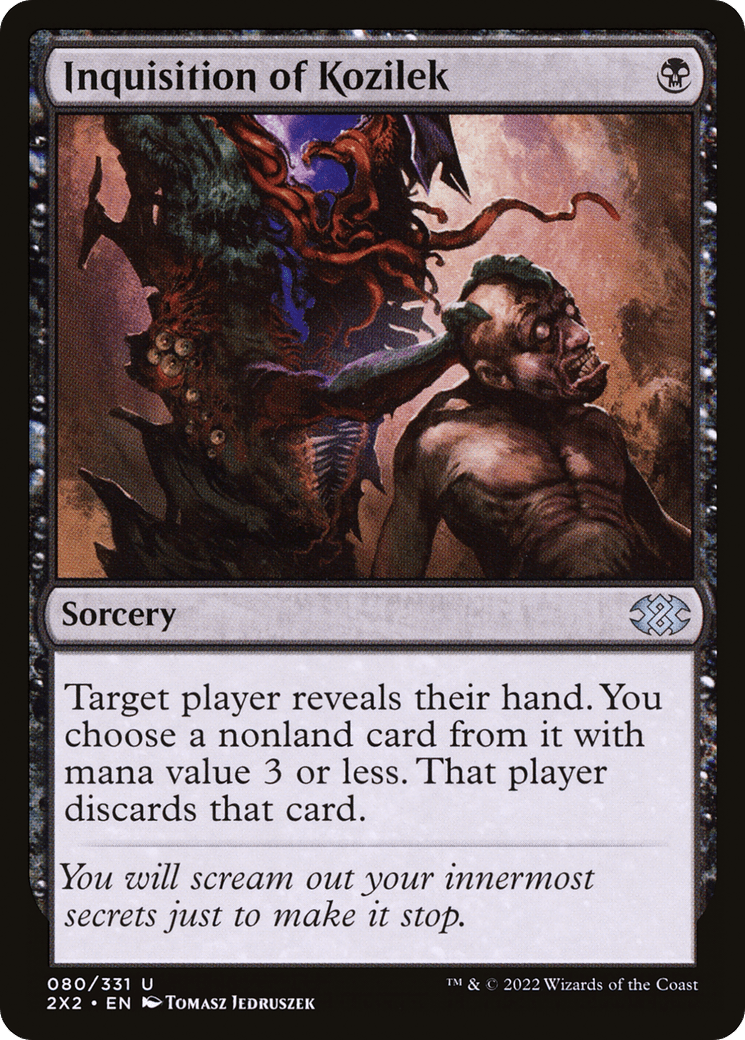
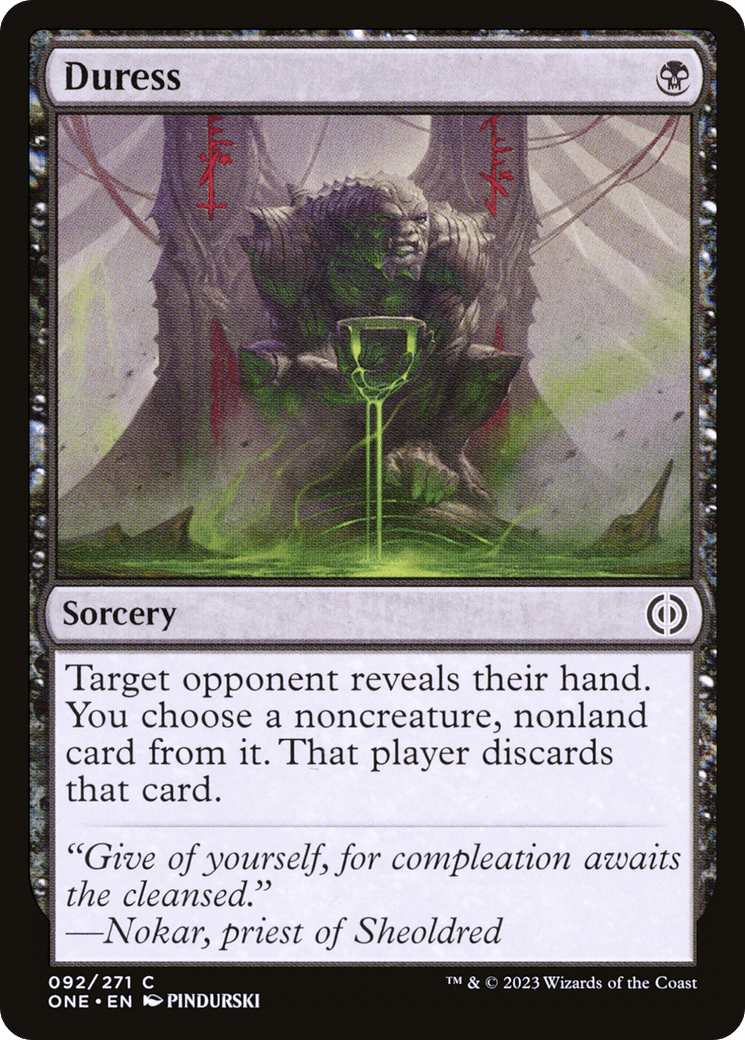
Synergy Pieces
Chrome Host Seedshark: Sharks have been extremely good to me. They do so much in one concise package. They create artifacts for Tinker that can also threaten the life total by making incubators off of interaction. They’re 2/4 flyers that take the initiative and monarchy beautifully. They don’t die to Lightning Bolt. Some lists choose to omit them due to them being clunky earlier in the game, which I can definitely understand. However, in a meta without too much aggression, Sharks can get a ton of mileage.
Stern Lesson: Just a nice filtering spell with the extra utility of ramping us into Gearhulks. The Powerstone token can get sacrificed to Tinker, can get used to flip Shark tokens, and just generally are nice to have. A solid role player, and a card I’ve been very happy with including.
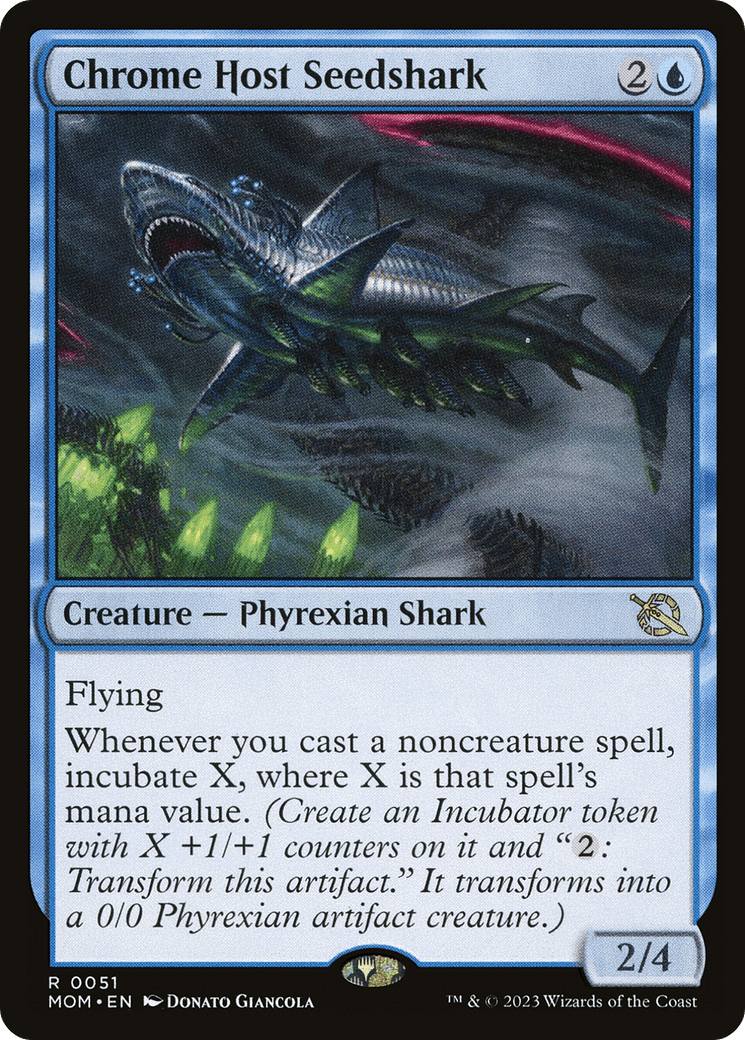
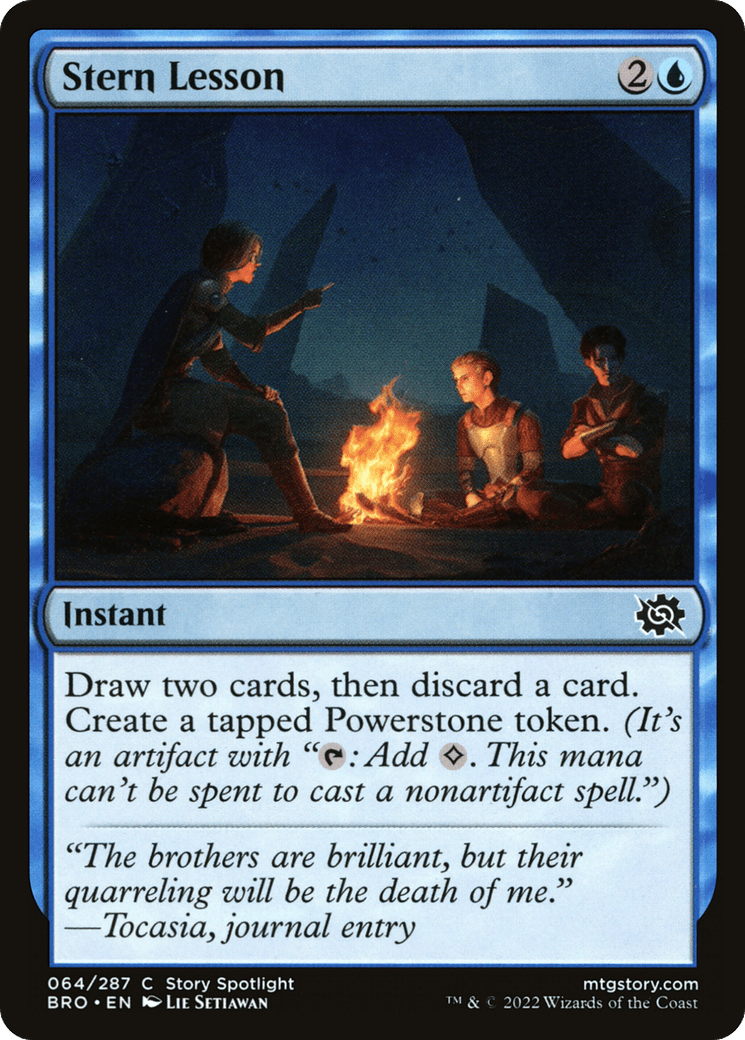
Narset, Parter of Veils: A solid restricted card, Narset is a pretty good card advantage piece as well as being an absolute stonewall against a lot of the format’s combo decks such as PO and High Tide. It can feel super clunky in the matchups it’s bad in, and I wouldn’t bat an eye at a list omitting her, but she’s another solid role player card.
Up the Beanstalk: Beans fell hard after the initial hype period, currently hovering around $1.50 a copy. This price point is extremely sick for us, considering that it adds an extra draw onto our Gearhulks and both of the spells we want to be flashing back. It very well could be a win-more card, since I haven’t tested any of the green variants of Gearhulk decks, but it seems like a card that could be really really powerful.
Prismari Command: Another Stern Lesson-style card, Command getting a reprint in the Lost Caverns of Ixalan commander decks was a nice boon to the Izzet base variants of the archetype. It does a lot of things the Izzet build likes, creating a treasure to ramp a little or Tinker away, doing some filtering to set up the graveyard for Gearhulks, shooting some small creatures, and being incidental Affinity hate.
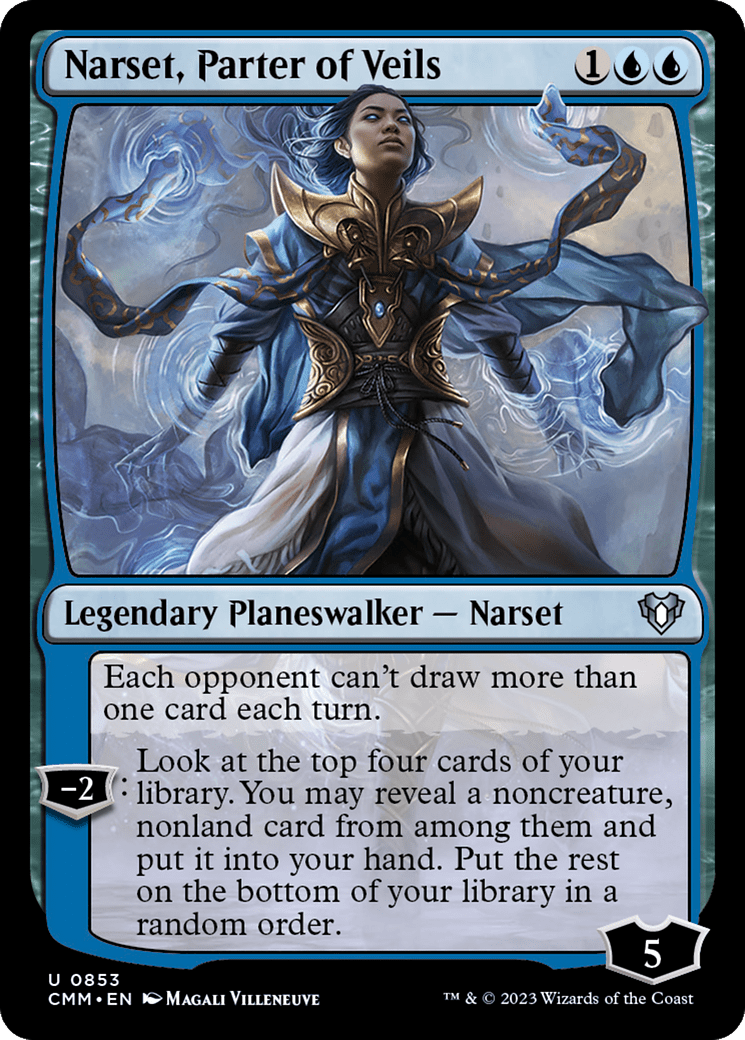
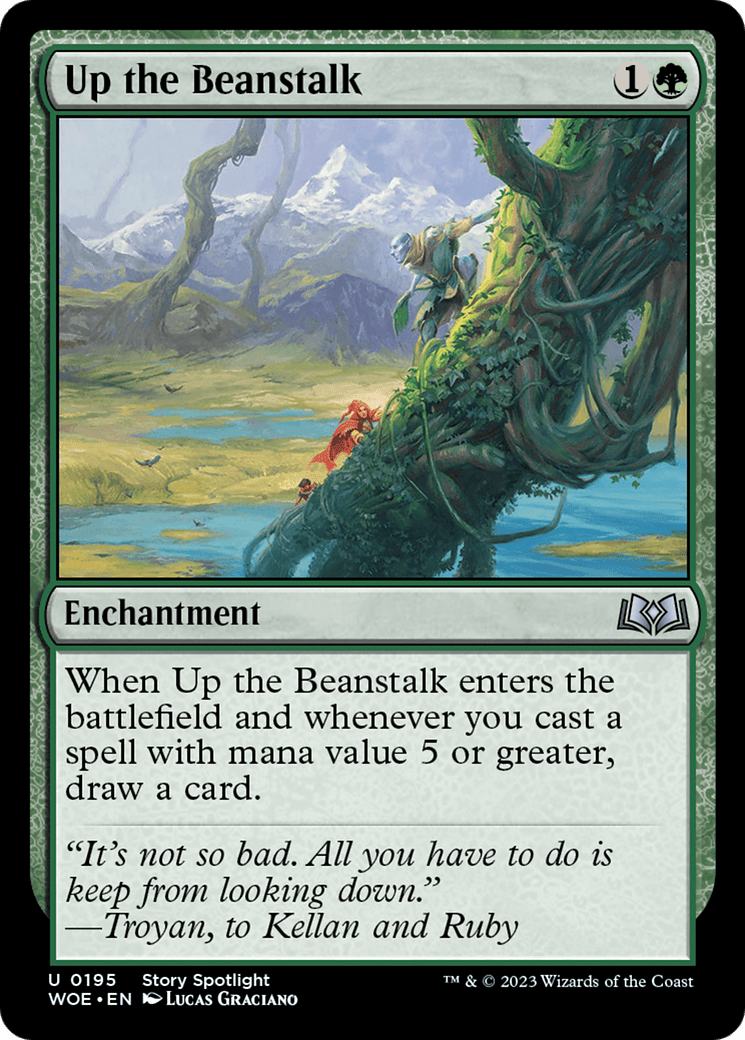
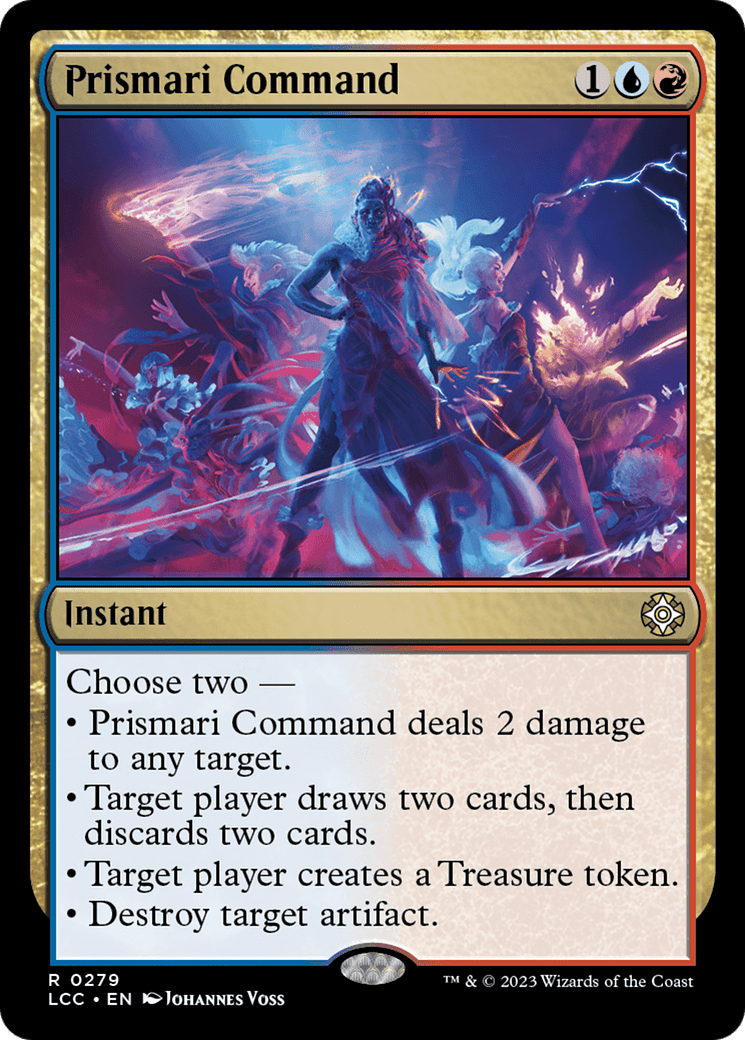
Sideboard Composition
The sideboard for these decks remains pretty static. The packages to help combat the top decks as a whole are here. So just like the interaction section, I’m not gonna waste words on these and just speed through them
Graveyard Hate
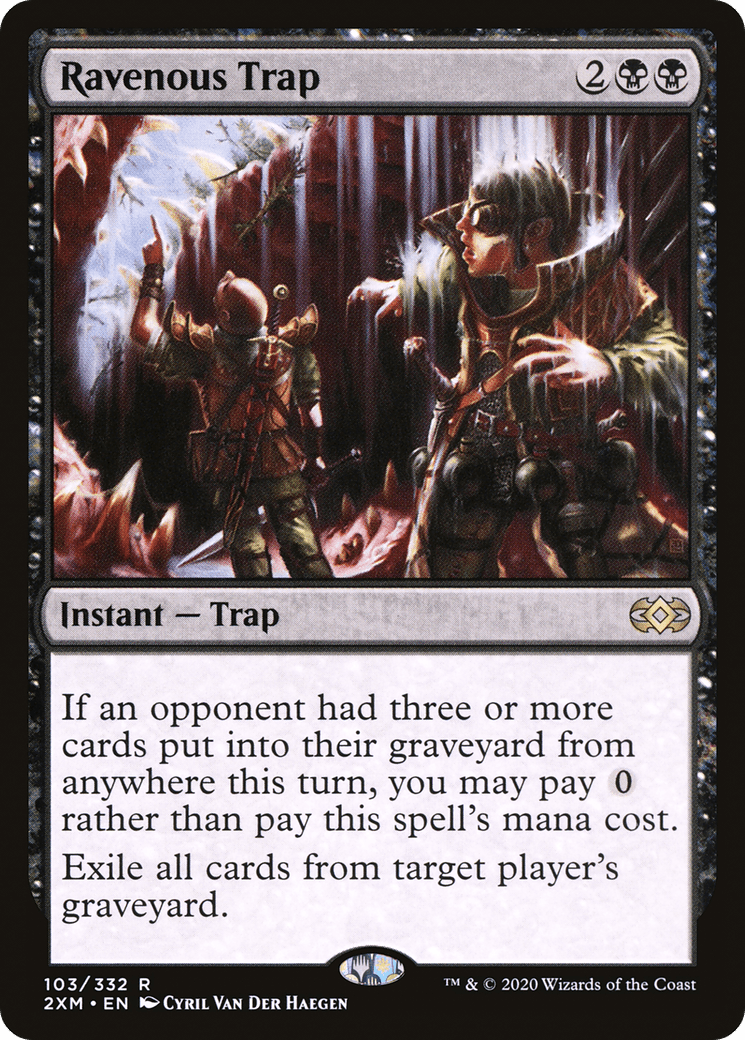
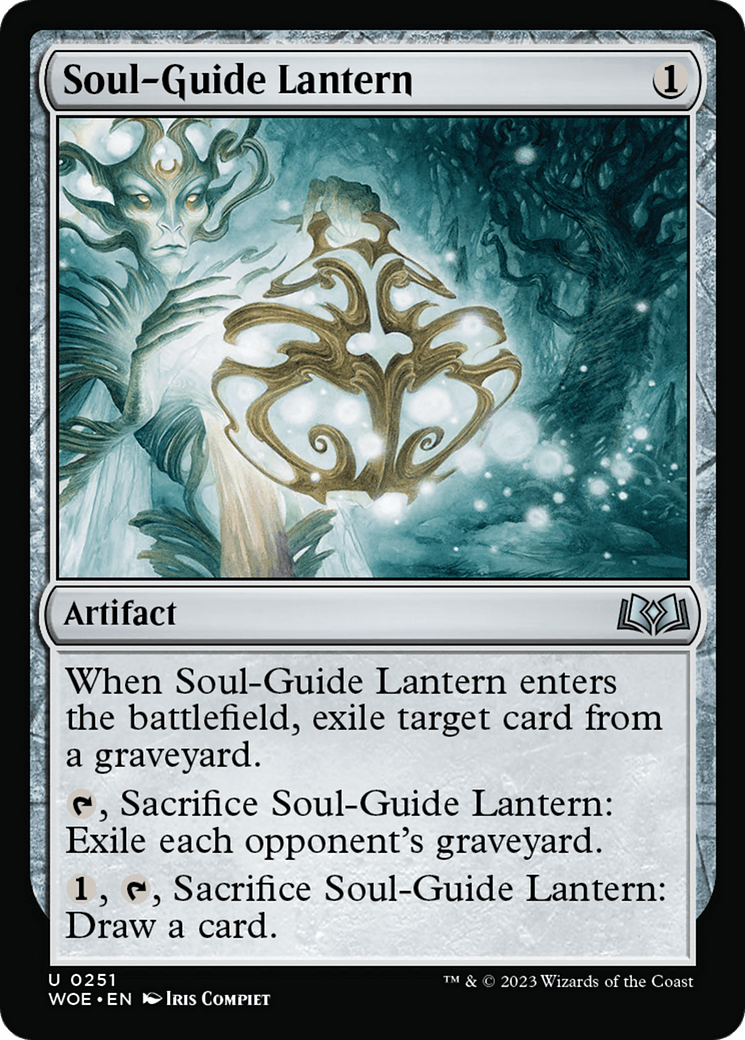
Damage Mitigation
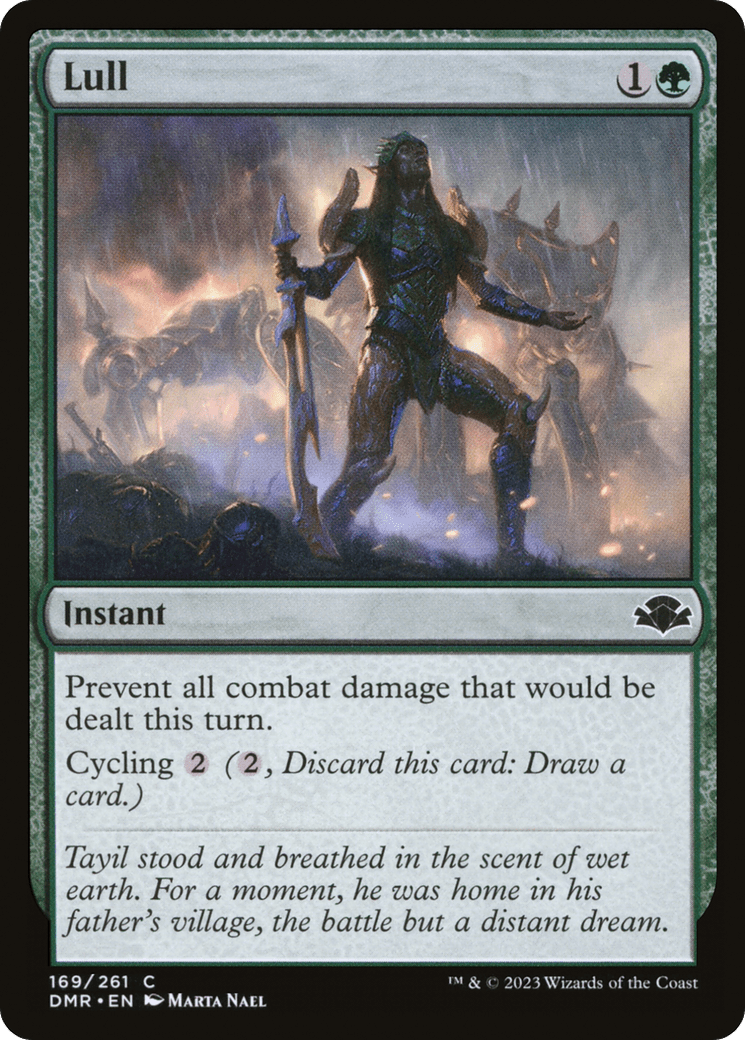
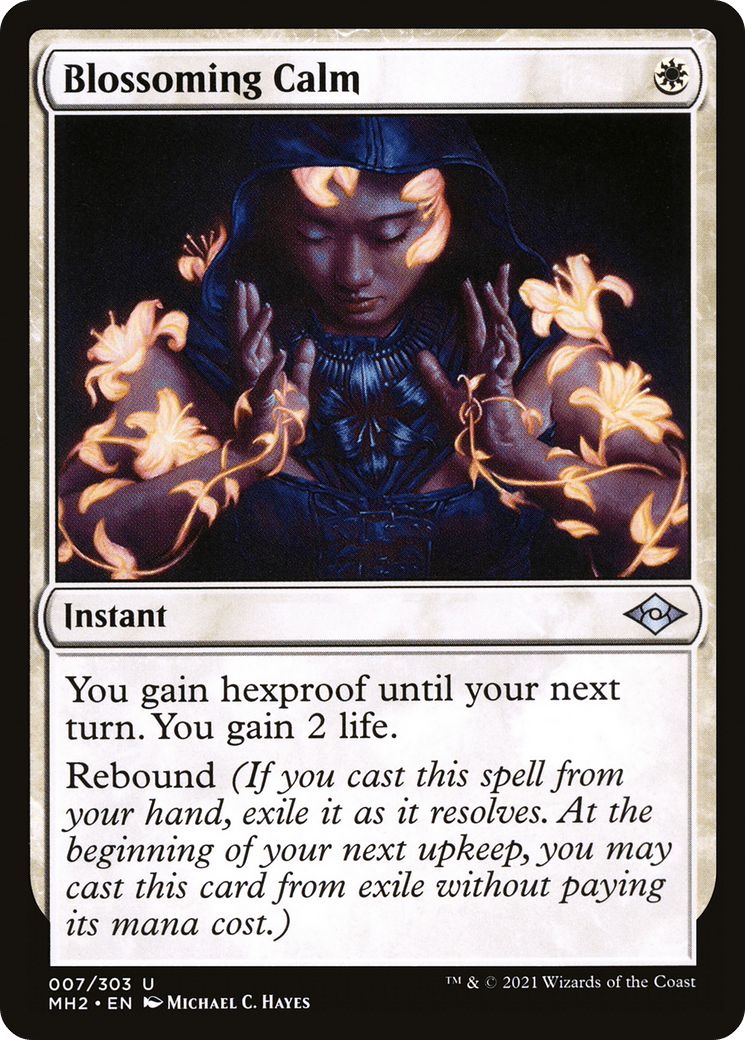
Extra Countermagic
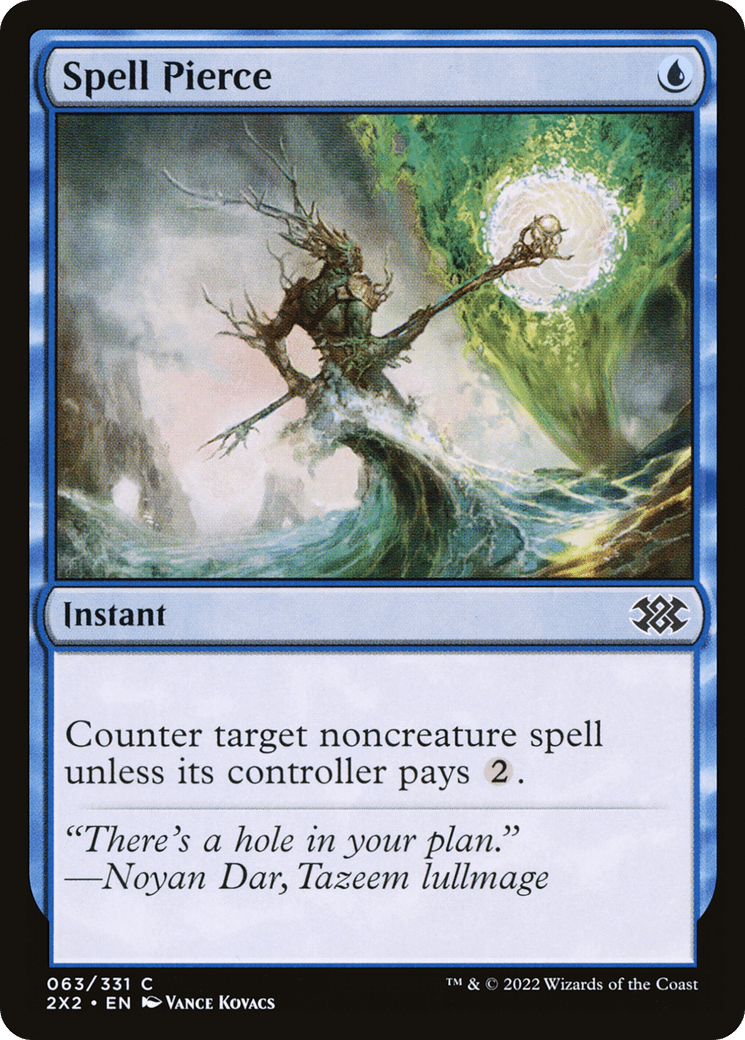
Extra Removal
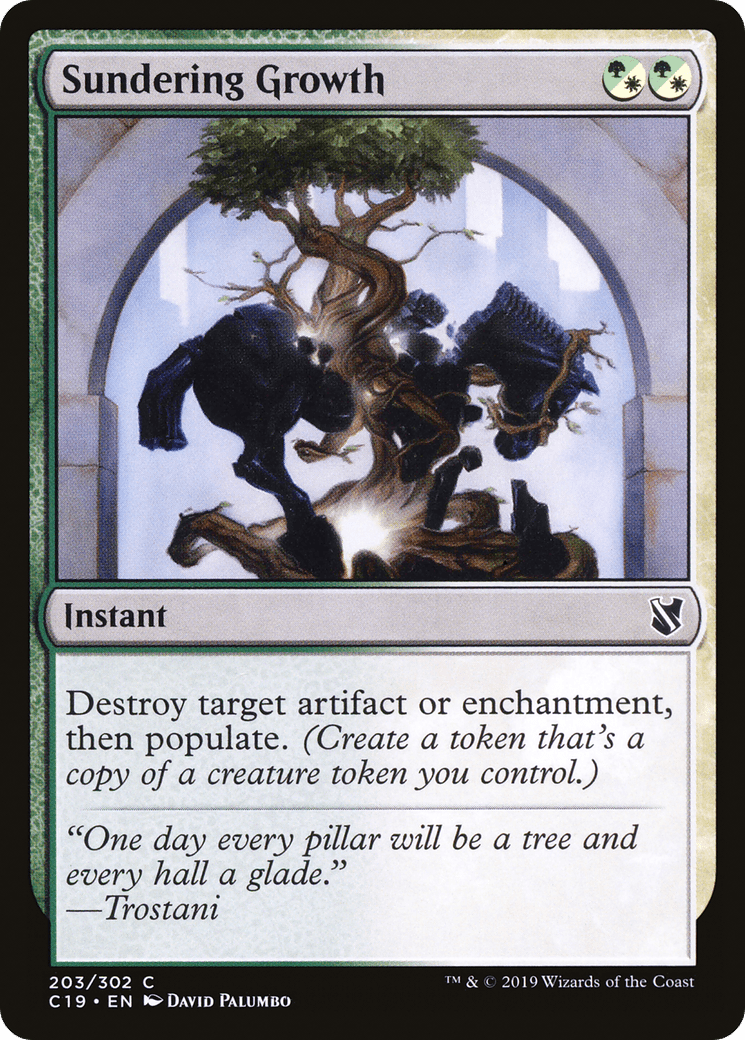
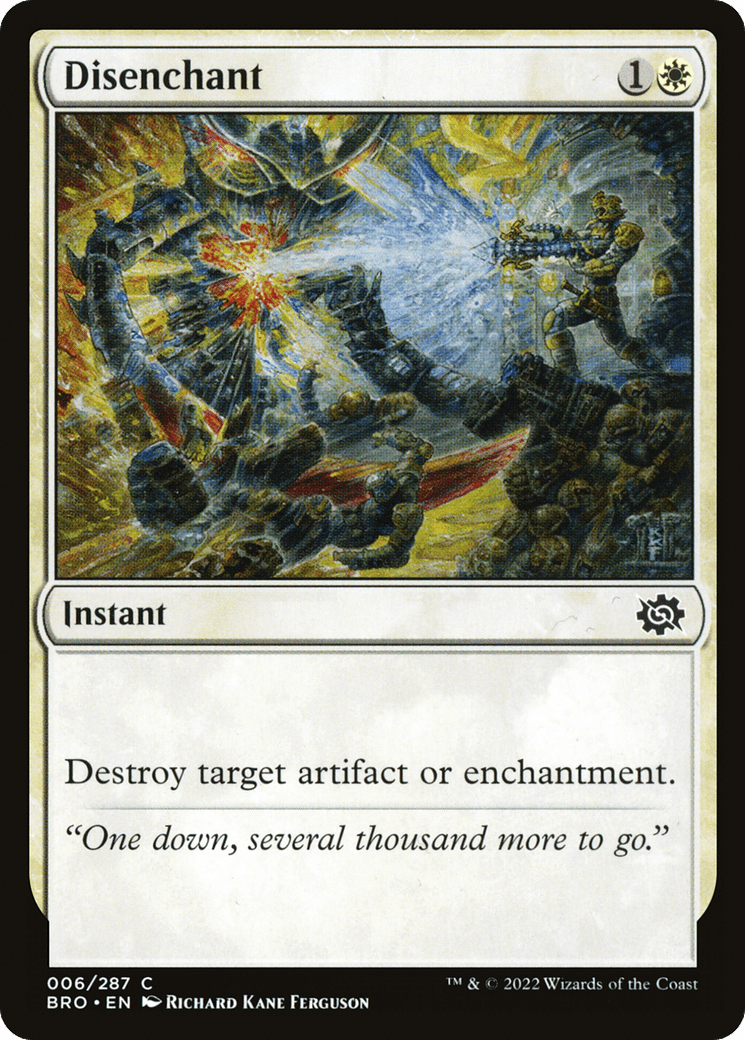
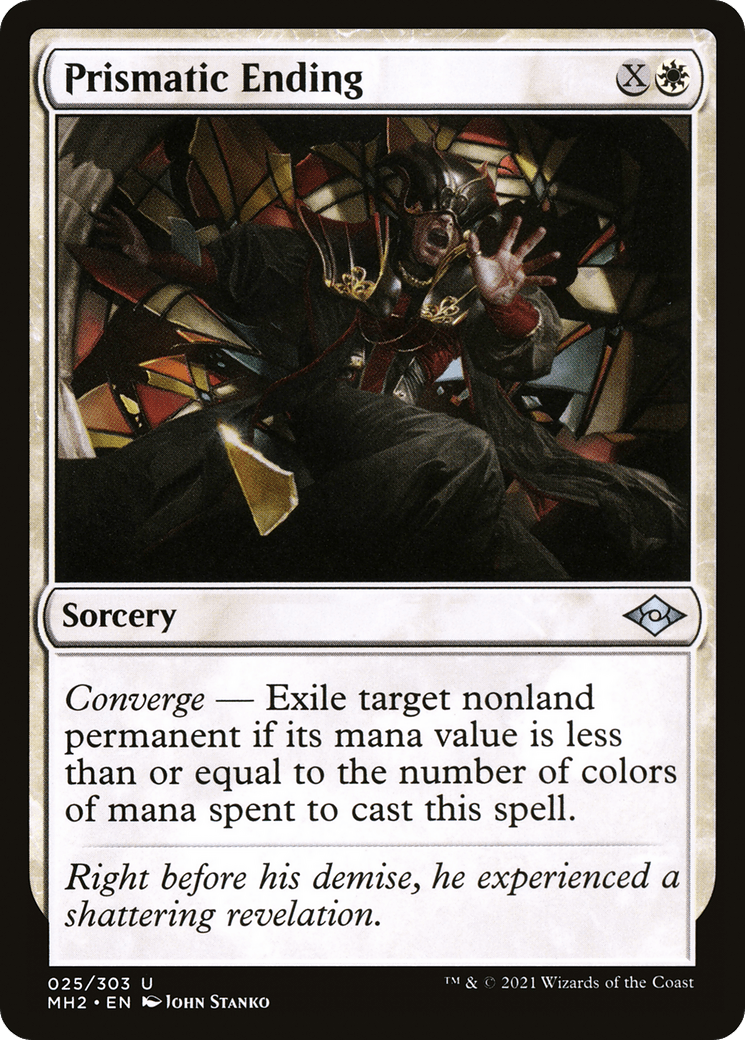
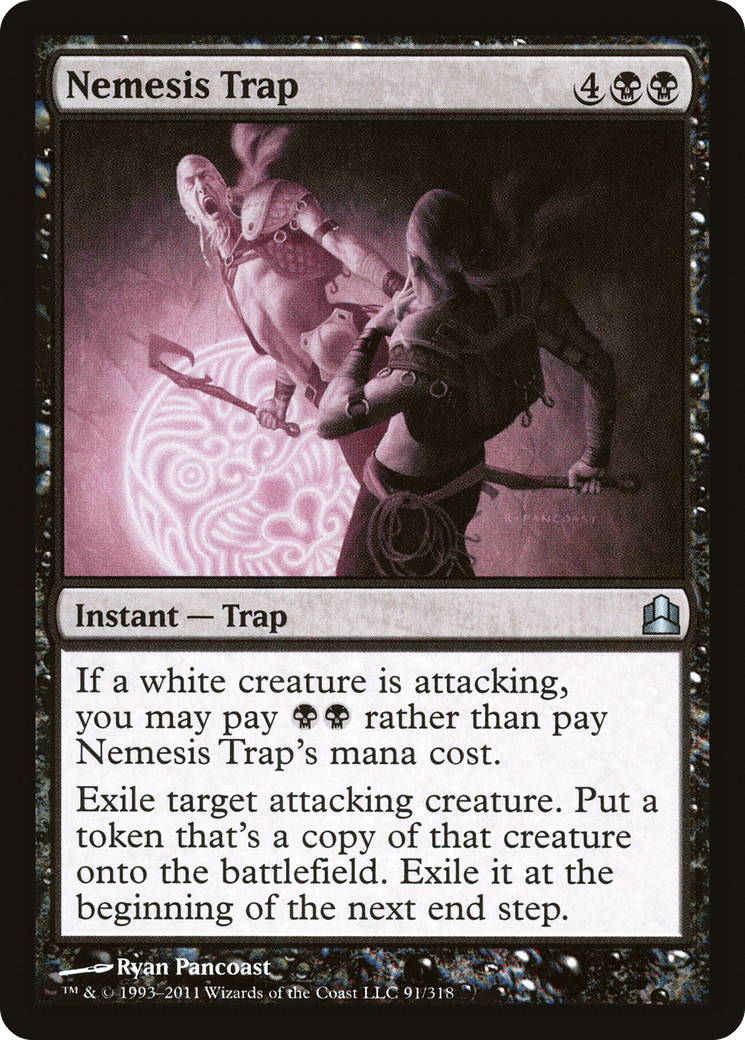
Notes
Blossoming Calm is a piece for hand attack matchups and burn. Lifegain plus double protection is good. Sundering Growth is an anti-artifacts and enchantments piece that can also incidentally copy a Magma Opus token or a flipped Seedshark incubator. Nemesis Trap is a meta pick, but in metagames with lots of white-based Initiative decks it is an absolute house.
Matchup Analysis and Sideboard Guide
For this guide, I’ll be using this scale to describe how matchups feel:
Very Favored > Favored > Slightly Favored > Even
Even > Slightly Unfavored > Unfavored > Very Unfavored
Also for this section, given how different every Gearhulks list is going to be, I’ll be using my own personal list as the basis for the guide. You can find it here: https://www.moxfield.com/decks/BJlJwW1p3E-AwPDSfqu26g
Black Aggro
Matchup Feel: Slightly unfavored preboard, Favored postboard
Sideboard Guide:
- Seedshark
- Narset
- Confounding Riddle
- Blossoming Calm
- Prismatic Ending
This one is a little tough, but pretty winnable. This is what we were designed to beat, low-to-the-ground aggressive decks that want to leverage fast starts and keep the momentum on.
- Counter the Dark Rituals at all costs.
- Don’t be afraid of burning your countermagic on the hand attack. We run wraths and removal, save that for the creatures unless you have no other option.
- Post-board, Blossoming Calm is a house for both stopping the hand attack and buffering our life total
- They usually get folded by a wrath, so if you can get that down then the game gets easier.
Burn
Matchup Feel: Unfavored preboard, slightly favored postboard
Sideboard Guide:
- Seedshark
- Narset
- Shatter the Sky (Usually, can come in game 3 depending on how they board)
- Blossoming Calm
- Spell Pierce
Another pretty tricky matchup, Burn is another deck that gets lambasted by a well-timed Blossoming Calm. It’s still a very tricky matchup before those come in, and it’s going to be an absolute nail-biter of a match, as even when you turn the corner into being the beatdown you’re often just one or two good topdecks away from losing. This is a race to see if they run out of gas before you run out of ways to slow them down before your life points reach zero.
Initiative
Matchup Feel: Dead Even
Sideboard Guide:
- Spell Pierce (if they’re a ritual variant)
- Prismatic Ending (if they’re a green variant)
We were designed to beat Initiative. If we can overcome their first wave of creatures and hit them with a wrath, then we’re usually in good shape. Seedsharks put in absurd amounts of work in this matchup, being really solidly-costed fliers that can contest Flickerwisps and Spellbinders favorably to take the initiative while also helping us establish more ground blockers. Mulling into a way to stymie their initiative creature or a Shatter is highly recommended. If you’re against a green variant, then if you have the spare Swords/Ending, don’t be afraid to bolt that bird. Dark Ritual variants get wrecked by a timely Spell Pierce, and you’re probably bringing them in to combat hand attack anyway.
Affinity
Matchup Feel: Unfavored preboard, slightly unfavored postboard
Sideboard Guide:
- Prismatic Ending
- Narset
- Sundering Growth
This matchup is why we pack Sundering Growths. Affinity goes extremely big extremely fast, so we need to be trying to find a way to get into a Shatter ASAP. Saving a counterspell if you can for the Forging the Anchor is highly recommended, as that’s one of the best recovery spells they have. Do not let a Cranial Plating resolve, that card just kills you so fast. This might be one of the hardest matchups so far, just because of how fast they can present a clock combined with insane card velocity.
High Tide/NeoBrand/Belcher/Spell Based Storm
Matchup Feel: Slightly favored preboard, heavily favored postboard
Sideboard Guide:
- Shatter the Sky
- Spell Pierce
Another matchup we were designed to beat. Creature interaction being dead preboard can lose you games, but once the extra countermagic and removal comes in game 2, then it gets a lot easier.
Some individual notes:
- High Tide often feels like a staring contest like a control mirror. Both of you are holding up the interaction and they’re waiting for a window to go off. Be the beatdown. The longer they wait and sculpt, the closer they get to a Defense Grid postboard. Their removal sucks against us, so once you’ve stopped them and can safely deploy a Gearhulk, start the beatdown.
- Don’t side in Calm or Growth against Belcher. You have to catch it on the way down, and if you don’t then it’s ggs. They can just wait until you go to pop it/the calm to wear off to kill you. Calm can buy you a turn, but that’s about all it does. I usually just mull for interaction and pray they don’t have backup.
Creature Combo
Matchup Feel: Very Favored
Sideboard Guide:
- Prismatic Ending if you feel you need it
Yeah, this one is probably our best matchup. We pack the creature interaction to decimate their setup plays, the countermagic to stop their noncreature backup plays, and most importantly, a really really quick clock. Magma Opus usually burns creatures in this matchup.
Midrange Piles
Matchup feel: Even to slightly unfavored, depending on how much they use their graveyard.
Sideboard Guide:
- Varies heavily, depending on what they’re doing. If they’ve got a lot of graveyard shenanigans, then soul-guide lantern.
This is just kind of an overall heading for random piles around. The best thing these kinds of decks can do is invalidate our countermagic with resiliency. Against these decks you’ll need to unfortunately side in the soul guides.
Curses
Matchup Feel: Slightly unfavored preboard, Favored postboard
Sideboard Guide:
- All Shatter the Sky
- Narset
- Lose focus
- Blossoming Calm
- Spell Pierce
- Sundering Growth
This matchup is another one where Blossoming Calm comes in huge. It stops the hand attack, the curses getting cast, the Bitterheart Witch death triggers……the list goes on. Anything that Calm doesn’t stop, the extra countermagic out of the board catches the rest. Don’t be afraid to hit the Witches with countermagic.
Control Mirror
Matchup Feel: Slightly Favored
Sideboard Guide:
- Shatter the Sky
- Spell Pierce
This matchup is a staring contest. It’s going to be a contest determined and won by who can resolve the most relevant spells. Usually, we win these contests because our win condition is deployed at instant speed, so when they tap low/out for their big winning haymaker, that’s when we can sneak in and windmill slam a Gearhulk. Don’t be afraid to fight over sculpting spells with countermagic, those seemingly insignificant card advantage spells are what gets them the gas to counteract your bigger plays later. If you can defend an early Shark too, that’s another fantastic clock that you don’t super care about them using a ton of resources on killing it.
Dredge/Graveyard Creature Decks
Matchup Feel: Very Unfavored preboard, slightly unfavored postboard
Sideboard Guide:
- Narset
- Some countermagic
- Soul Guide Lantern
- Ravenous Trap
Maybe I’m salty with how this matchup has gone for me in the past, but I rarely ever draw my graveyard hate pieces in this matchup. Like I said earlier, decks that can pretty much play through our removal are our worst matchups, and these kind of decks do exactly that. The ideal combination you land is a wrath plus a cracked grave hate to instantly scrag the plays, but Bridge from Below from Dredge makes things very awkward by making them so they don’t just lose to a wrath. This matchup sucks.
Any Color You Wish: Builds For Different Colors
This section is mostly going to be me rambling on various ideas I’ve had and builds I’ve theorycrafted for this archetype in tons of different color combinations. This will be the most incoherent section of the primer by far, but if you want to take these ideas and run with them for your own brewing, by all means go ahead!
What I like to do for decks that I have lots of ideas for is organize my thoughts into a ‘Card Pool’, a sketchbook of sorts to keep track of other cards I could play. Here’s the link to that sketchbook: https://www.moxfield.com/decks/KkRgeTc4h0-qJxlZeeL8Cw
Now, onwards to the shenanigans and ramblings!
Izzet
Ok so Izzet is weird. Losing the better creature interaction is a little sad, burn isn’t great at killing 5+ toughness creatures unless you can turn on Unholy Heats and Magmatic Sinkholes consistently along with your Bolts. (Five is an important breakpoint because it’s the usual toughness of a Forge’d Initiative creature.) The wraths aren’t amazing either. Best I can think of is Storm’s Wrath and potentially Gallifrey Falls if you can get it into the trash to Hulk back.
What Izzet does have though, is one of my favorite spells from cEDH:
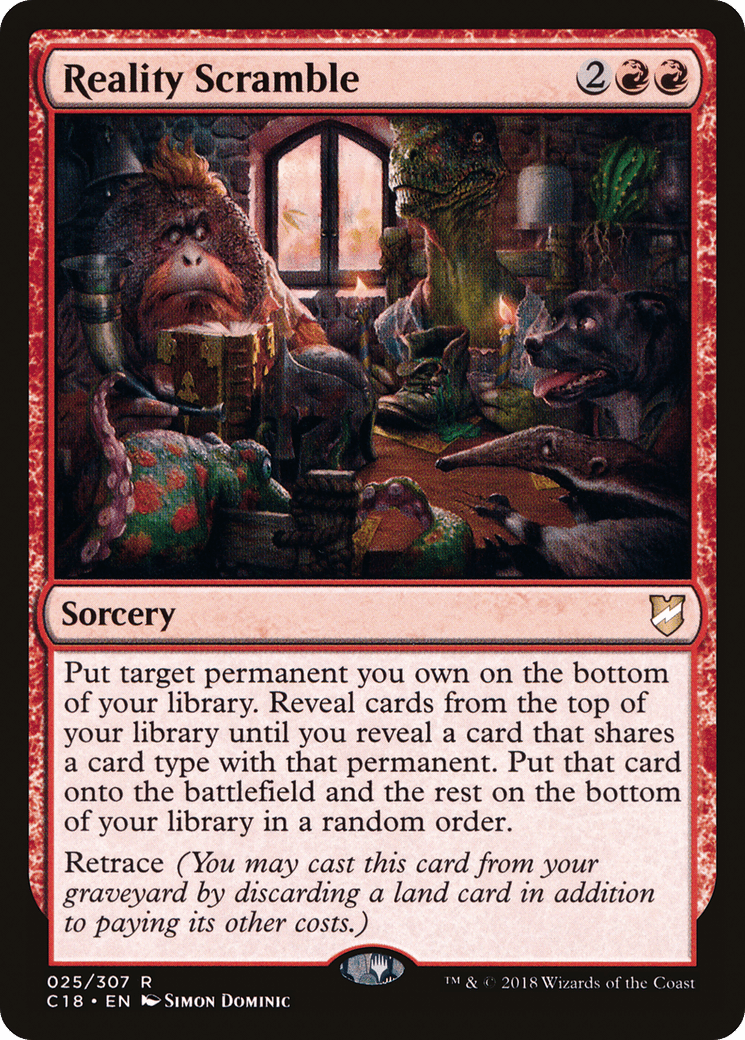
So the thinking is that this version is essentially playing five Tinkers. We want to pitch an Opus or Outburst, then Scramble it into a Gearhulk. We lose Sol Ring which sucks, but we’re not control in this build, we’re full midrange. Scrambles also pseudo-loop with two Gearhulks in the deck and enough fuel to both pitch to Retrace and flash back. Combine that soft loop with some countermagic and that seems really powerful, if a little lacking in the true Control angle.
Simic
So this shell definitely has to abuse a very fun little package:
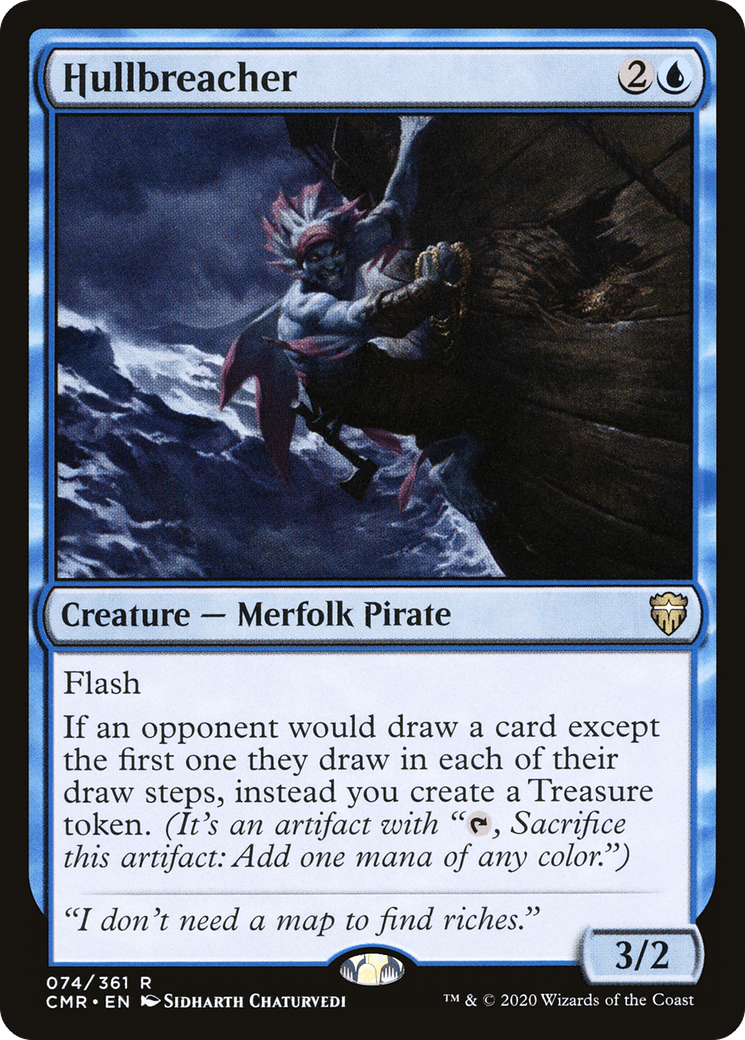
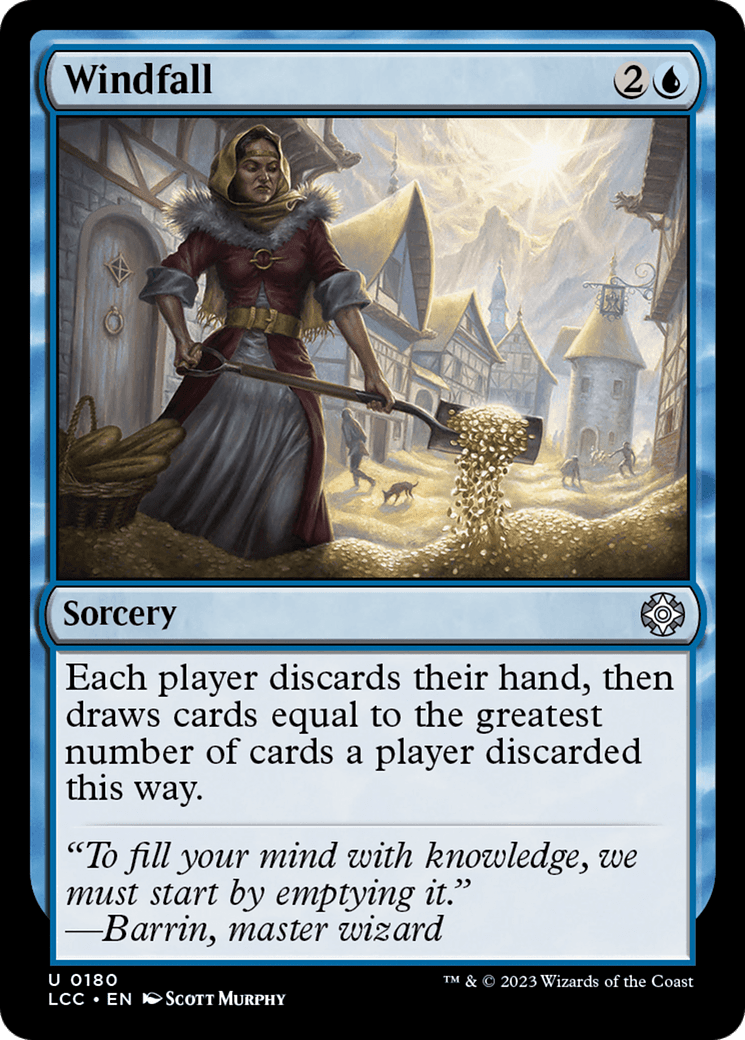
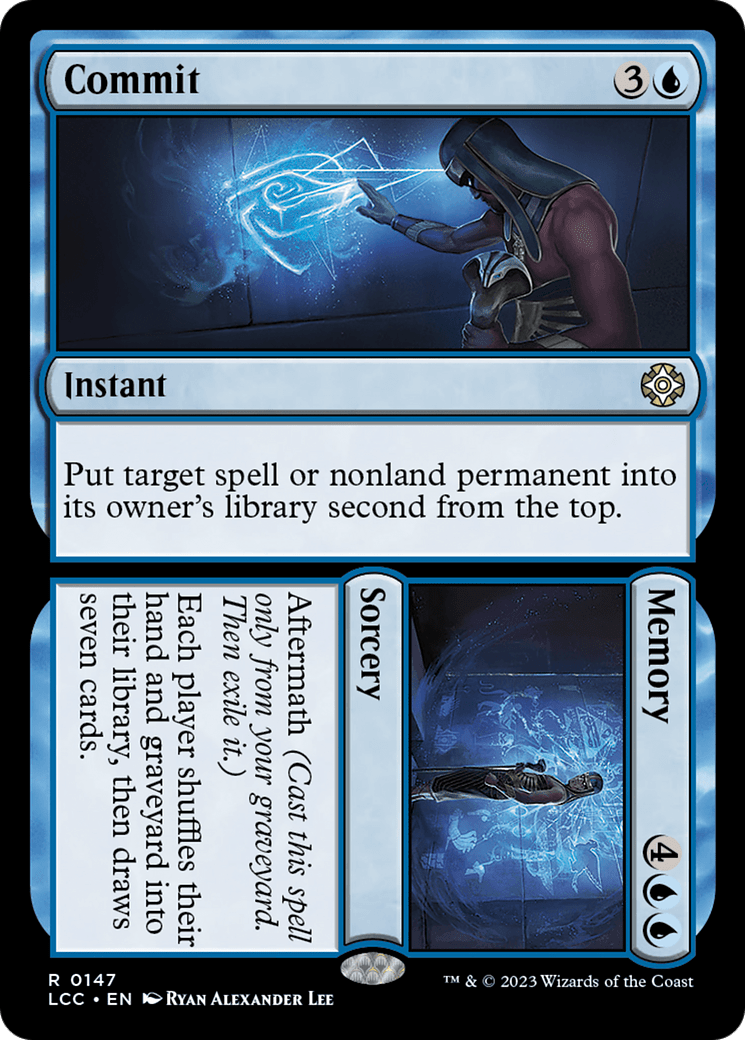
This one-two punch combo is backbreaking, as either way we get a full hand reload, and our opponent is either very far behind or has no cards in hand. The issue with this shell is that the creature interaction sucks so much. Bounce spells aren’t exactly amazing in the format with initiative creatures.
Also, Beans.
Dimir
Hand attack could be used to supplement the other control elements, which seems good just to have more turn one plays. Discard spells also can help turn on the bonkers spell that is Drown in the Loch. Black’s biggest draw though…..
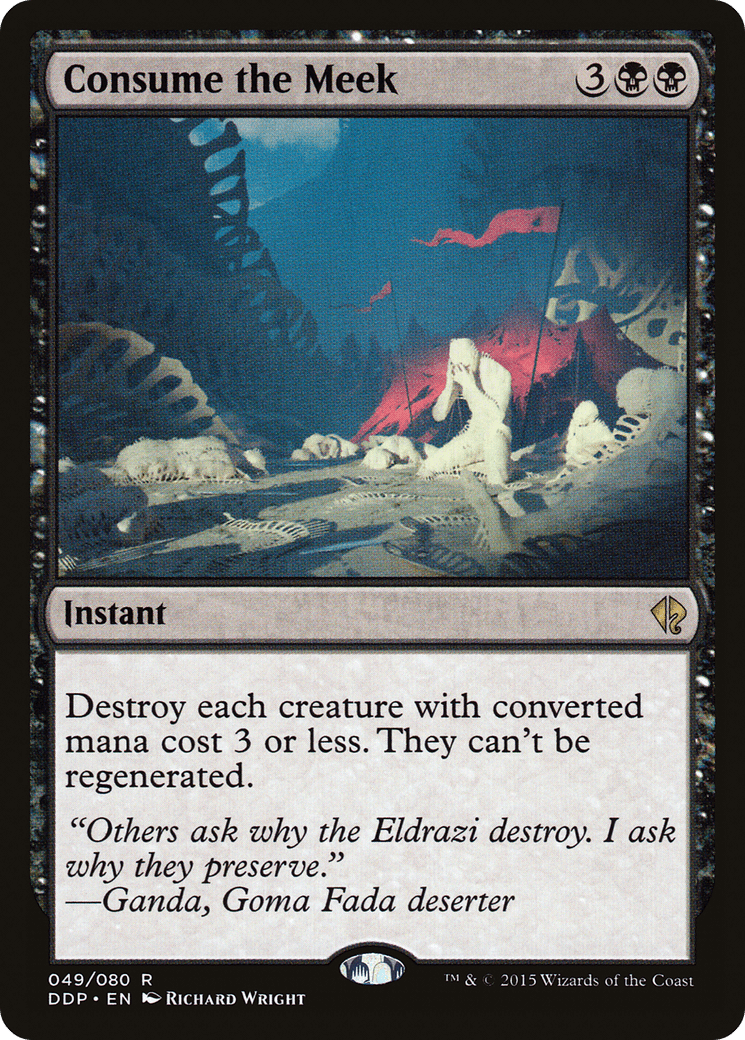
Consume eats the large majority of creatures in the format aside from the Initiative’s bigger creatures and control’s finishers. Oh and Dredge.
Grixis
Grixis sits between Izzet and Dimir builds in terms of what you get. The big issue is really finding places where the red spells are relevant. Dimir covers so much that really the only thing the Red gives you is the solid artifact destruction of Prismari Command and an easier time pitching Opuses and Outbursts. There’s one spell in particular I think makes Grixis very enticing though.
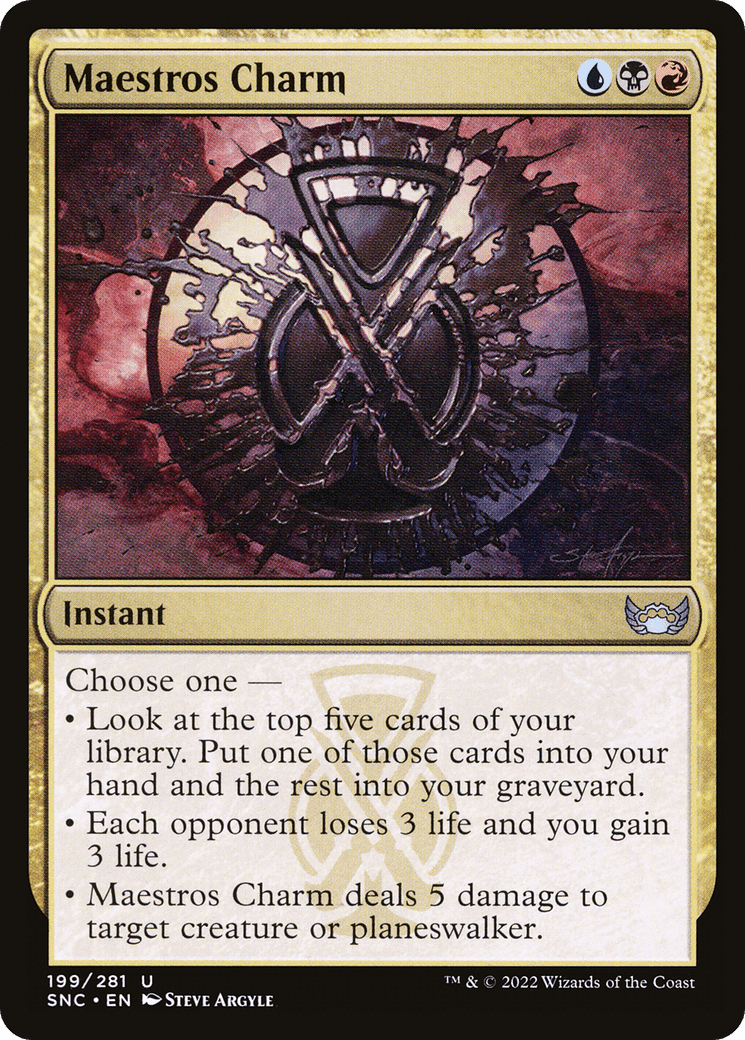
This would be the replacement for Confounding Riddles in the two-color builds. Removal, card selection, graveyard fueling, and incidental lifegain all in one nice concise package.
Sultai
Another idea where the big question is “what does the color outside of Dimir really add”? Except the answer this time is a fair bit. Beans, Road/Ruin, and really really solid sideboard artifact and enchantment hate. If it stays down enough, we also get to run multiformat all star….

At time of re-editing, Trophy has stayed below $3 shockingly. So maybe this build is real!
Temur/Bant
These builds I think are the ones that could use Road/Ruin the best. I’m not sure they need the Hullbreacher package like their Simic little sibling, but it’s an option. Not really a ton of individual spice in these decks sadly. The Temur build I’m imagining drops the Scrambles for more control elements because of how good Sol Ring is but I really don’t know.
Esper
This build would look more similar to the Azorius build but splashing black for hand attack and Consume the Meek in my brain. I dunno. This one feels like the most boring and generically good cards. But good cards win games.
Sample Decklists
Azorius: The original shell, the one that has seen the most success and my personal list. It’s consistent, it’s lean, it’s mean, it’s taken down a MTGO Monthly event. If you’re looking for a place to start, start here.
Gleason has taken the deck in a different direction, opting to run more flash creatures to diversify win conditions as well as a maindeck Hullbreacher package. Both are totally fine options, it just comes down to personal preference.
Bant: A theorycraft of what a Gearhulks build that uses Up the Beanstalk would look like when combined with the Blue-White core. Also splashes green for Road / Ruin.
Esper: A theorycraft that splashes together Swords to Plowshares and other white sideboard cards with the absolute house of an instant that is Consume the Meek along with black hand attack.
Dimir: A more traditional shell that swaps the white cards with black cards.
Temur: Similar to the Bant shell. Izzet base that splashes green for Up the Beanstalk and Road/Ruin once more, plus some sideboard cards.
Conclusion and Credits
Whew. We did it. We made it to the end.
If you read this all the way through, you are an absolute champion. Take a break, get up from your seat, and get a drink of water. And thank you for reading.
I want to thank everyone in the Value Vintage discord for being so wonderful and welcoming. If you want to come talk to me about this deck some more, come join the discord! We’d love to have you.
